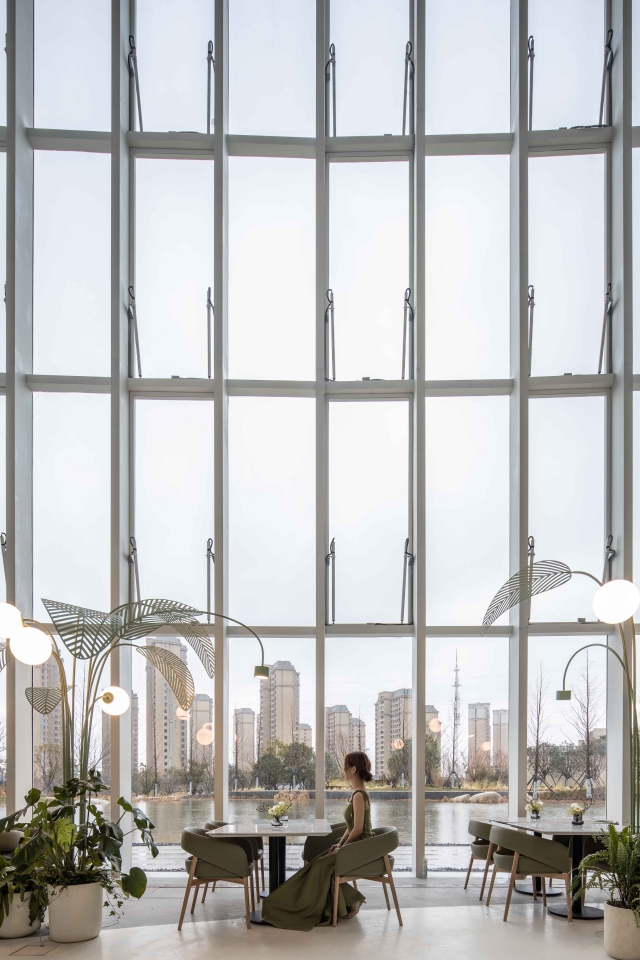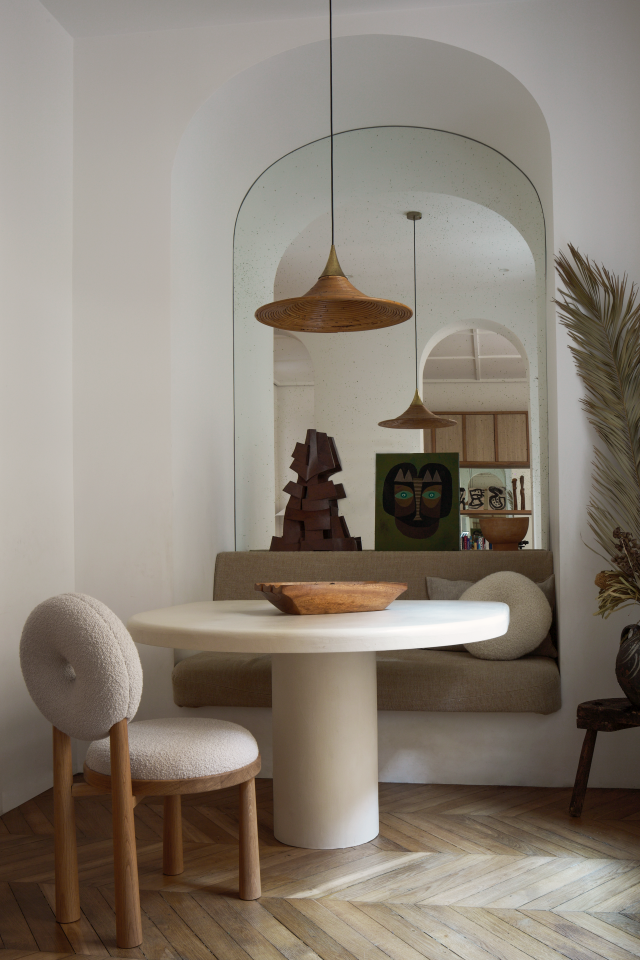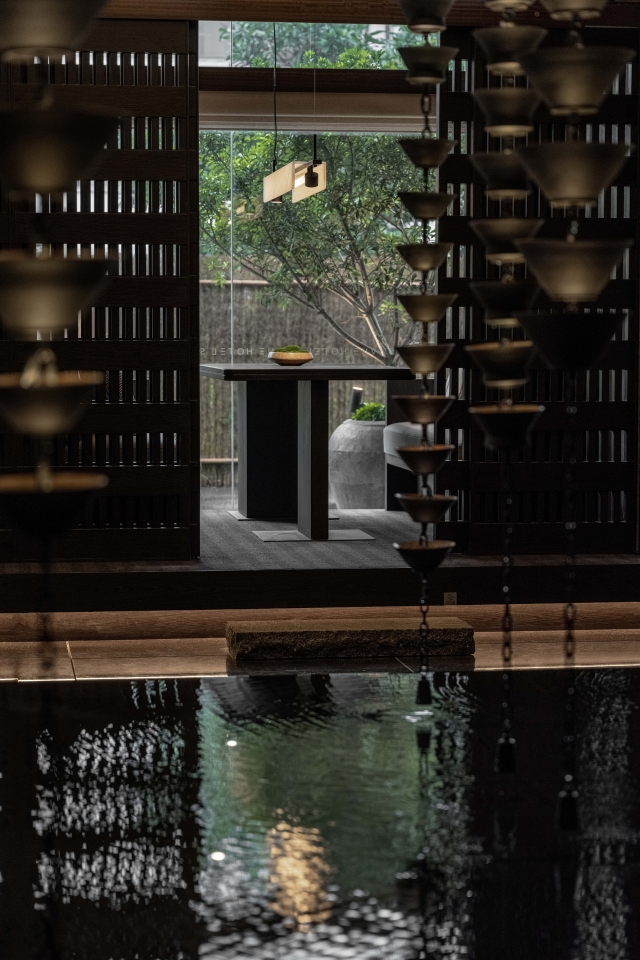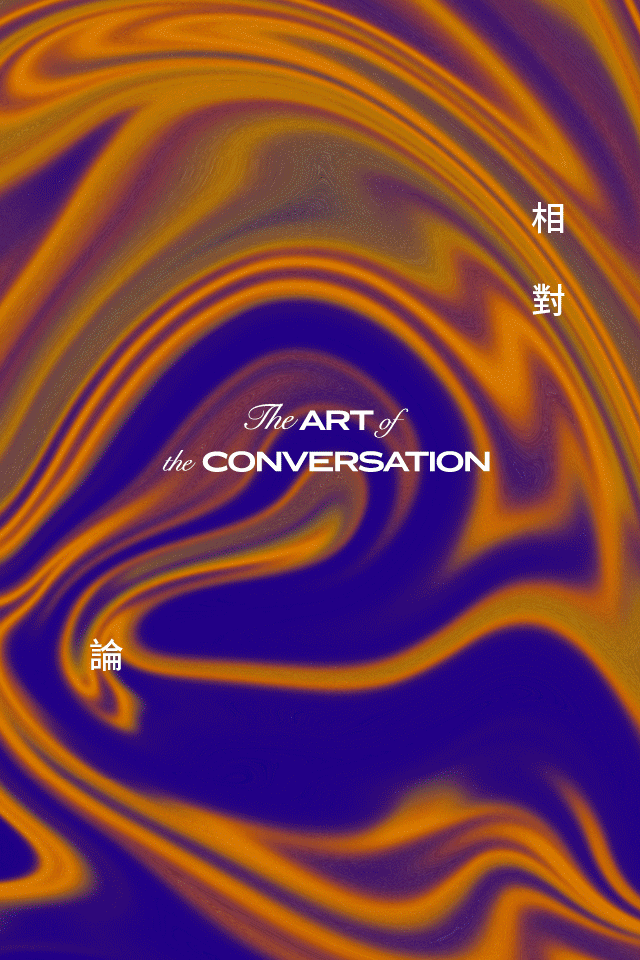At Downie North, co-founded by Catherine Downie and Daniel North, their mission statement is this: We design homes that authentically connect people to place and nature. We believe Architecture exists at the intersection of the rational and the poetic. Being conscious and responsive to the special qualities of place as much as the functional needs of modern life, our work answers the question of how to live well on this planet. We create inviting, elegant spaces from city to country to coast and approach each project with humility and dedication to our clients.
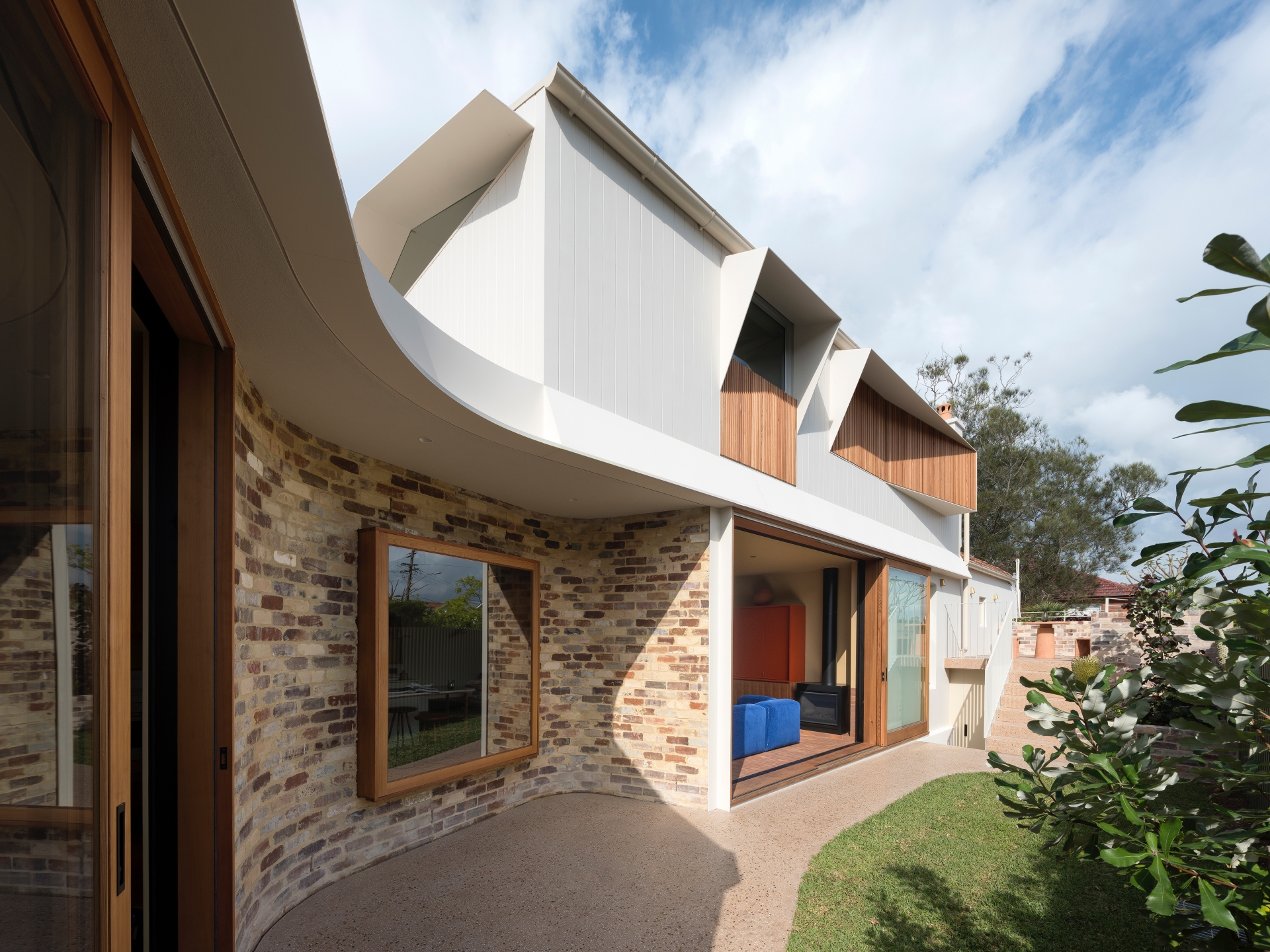
Catherine Downie grew up around Sydney's harbourside, and possesses a love of landscape and the intangible qualities of place that informs her architecture. Before co-founding Downie North, Downie gained extensive experience on award winning residential, interior and public projects. Downie graduated from the University of Sydney with First Class Honours and was shortlisted for the RAIA NSW Chapter Design Medal. She is the recipient of the University of Sydney Architectural Science Prize and Outstanding Merit Scholarship.
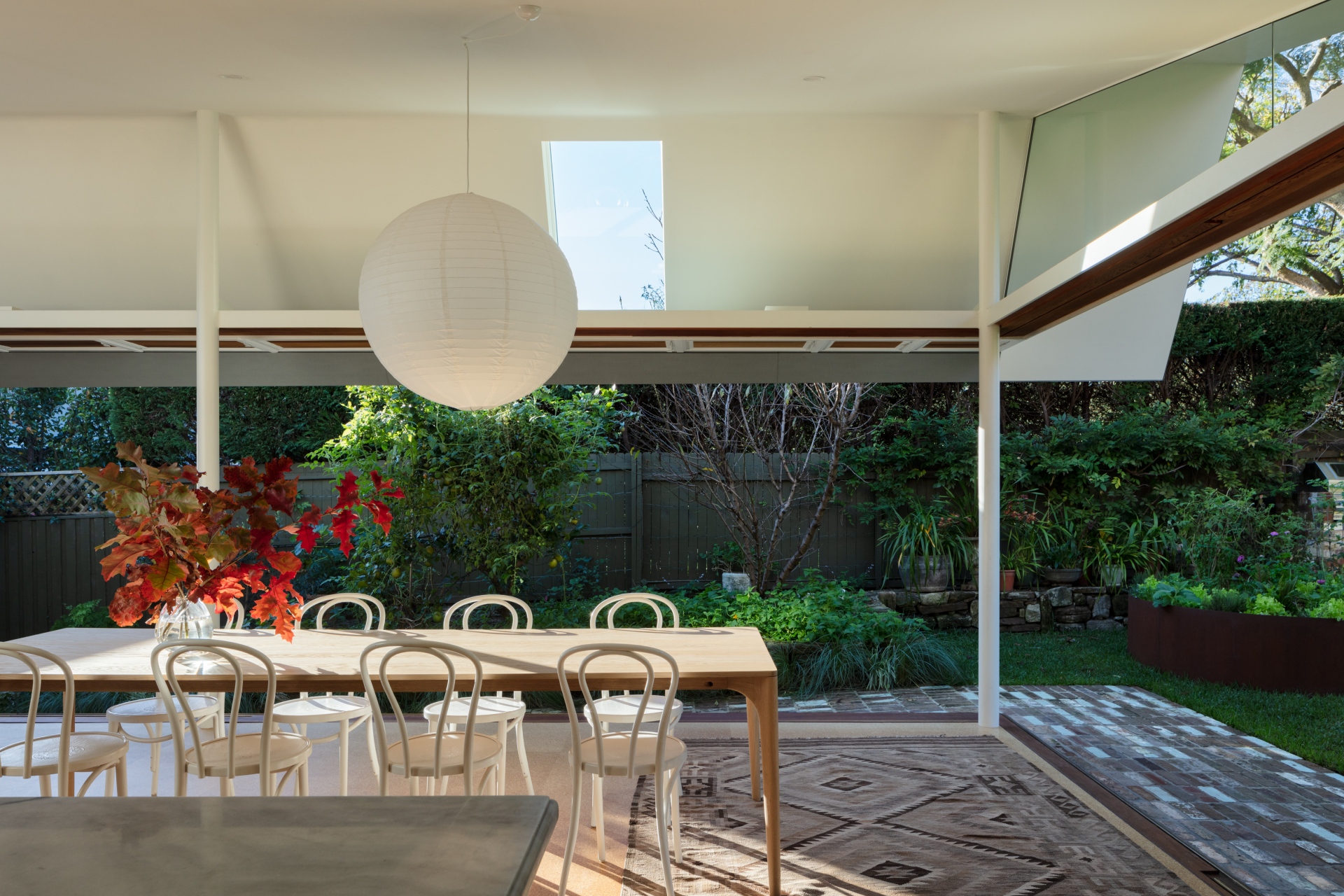
Inspired by the ethos and optimism of the Modernists, North co-founded Downie North to create memorable, long lasting architecture that is hard working, has a strong relationship with landscape and is human centred. With the belief that nature is the greatest teacher, North has great interest in passive design strategies, design detail, and how architecture can create rich atmosphere, space and work with light. He has served the Australian Institute of Architects as a juror and taught at the University of Sydney.
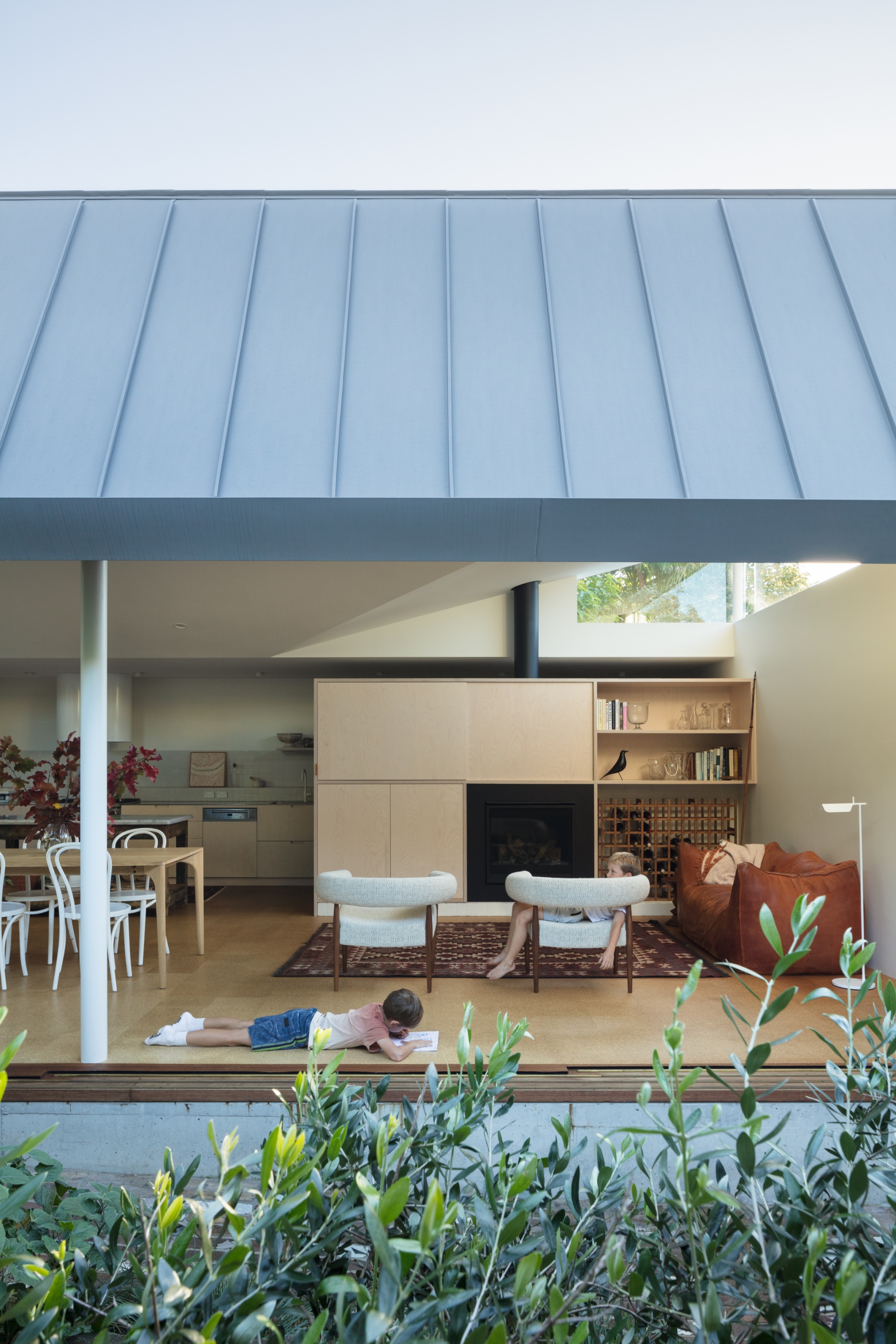
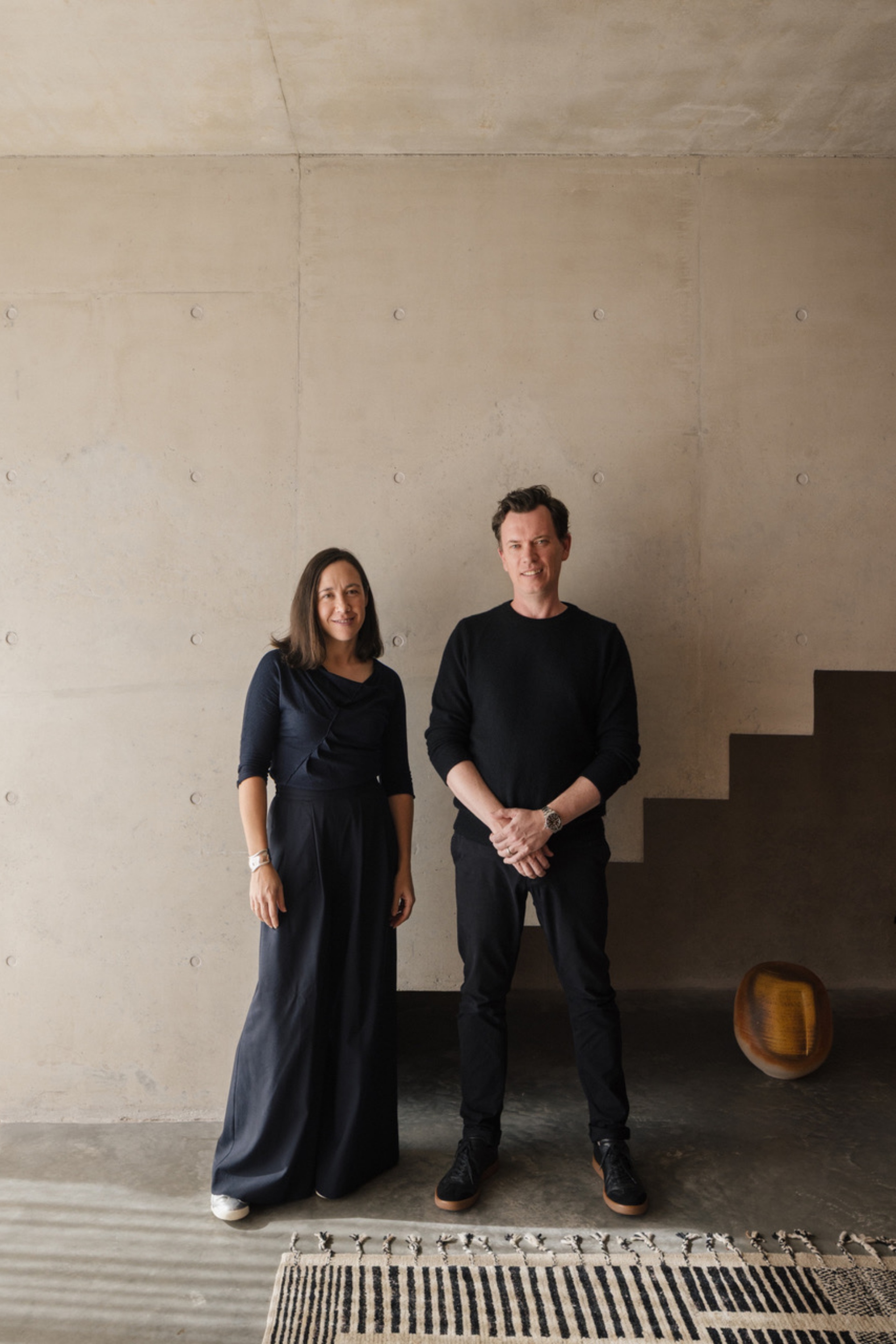
Downie North is known for creating considerate and sensitive architecture and interiors. How did your personal experiences growing up in Sydney influence your design philosophy?
Sydney is blessed with natural beauty and a temperate climate, so there is certain ease and looseness that we like to imbue within our architecture. You can be barefoot. Houses can open right up. We aim for architecture that feels like an extension of the landscape. Daniel grew up sailing small boats on Sydney Harbour and Pittwater north of the city. Being in touch with salt water is one the elemental pleasures of Sydney. You get to know the patterns of the landscape, the way the weather moves throughout the year and the subtle changes it brings. Even within our more urban projects we’re always looking to connect to nature, the two very strongest elements being bushland and coast. Harnessing that connection to nature is probably one of our biggest preoccupations, so the Architecture becomes an extension of the landscape and environment. Ideally we’d like our Architecture to feel as though it has always been there.

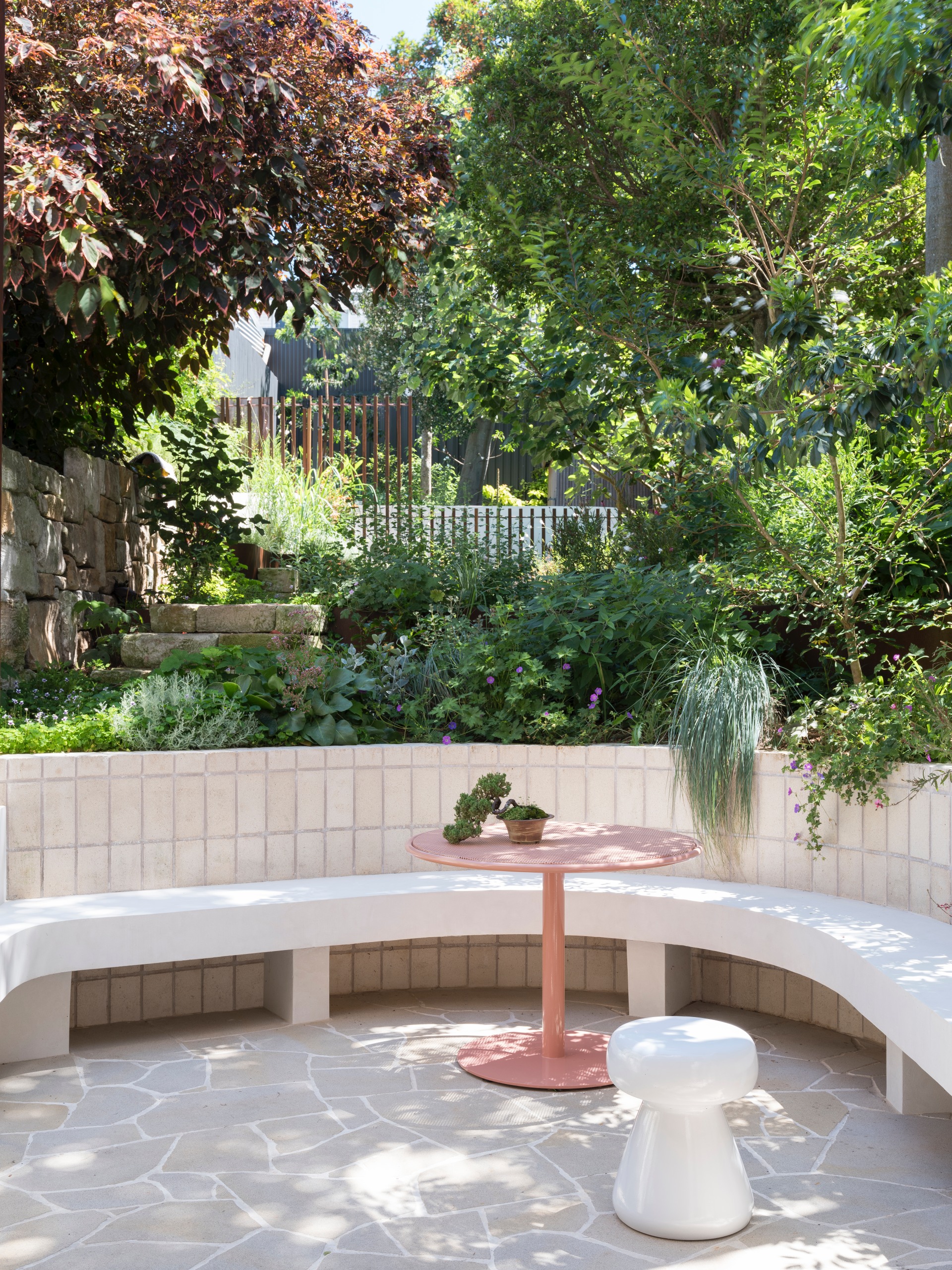
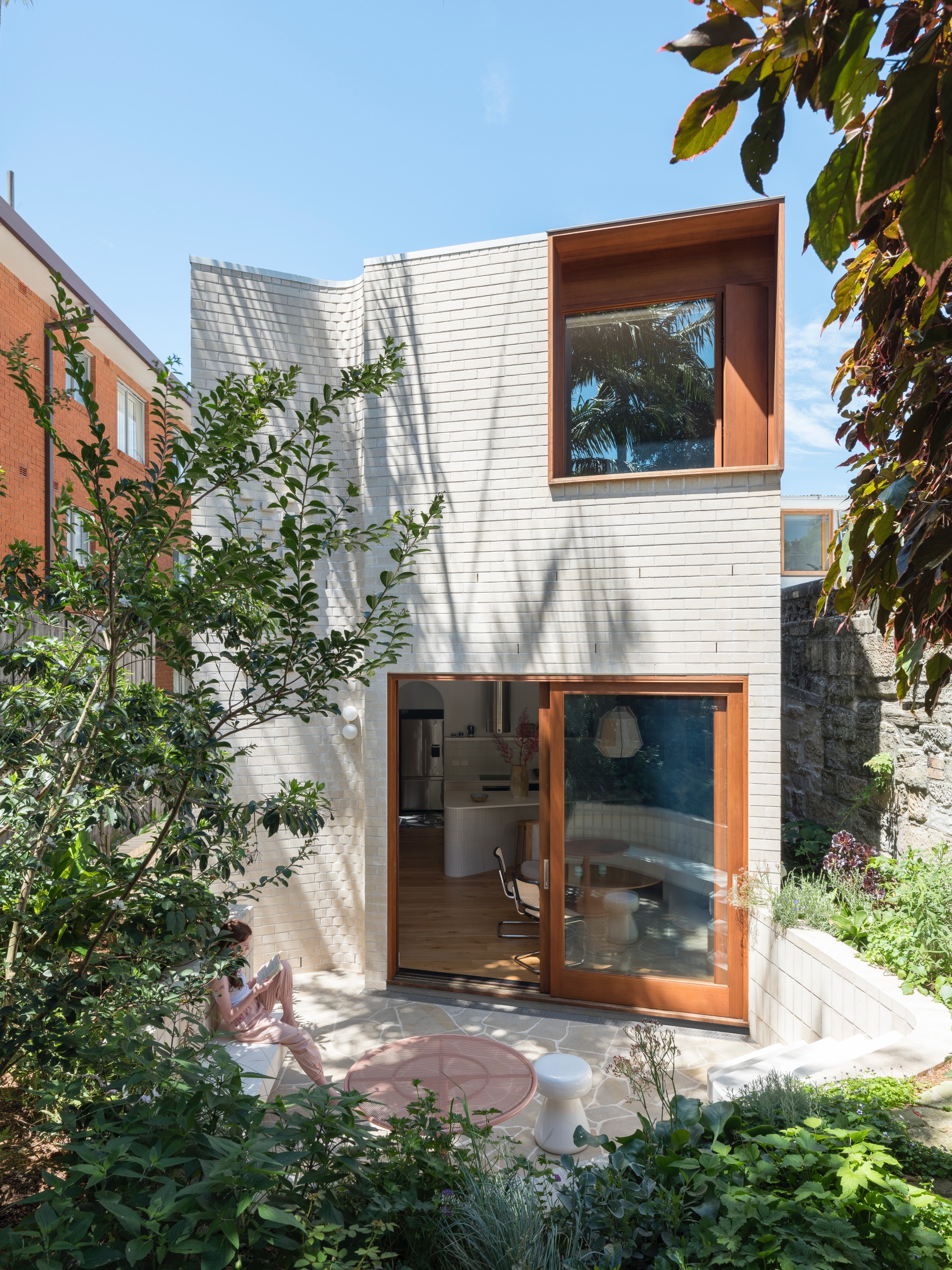
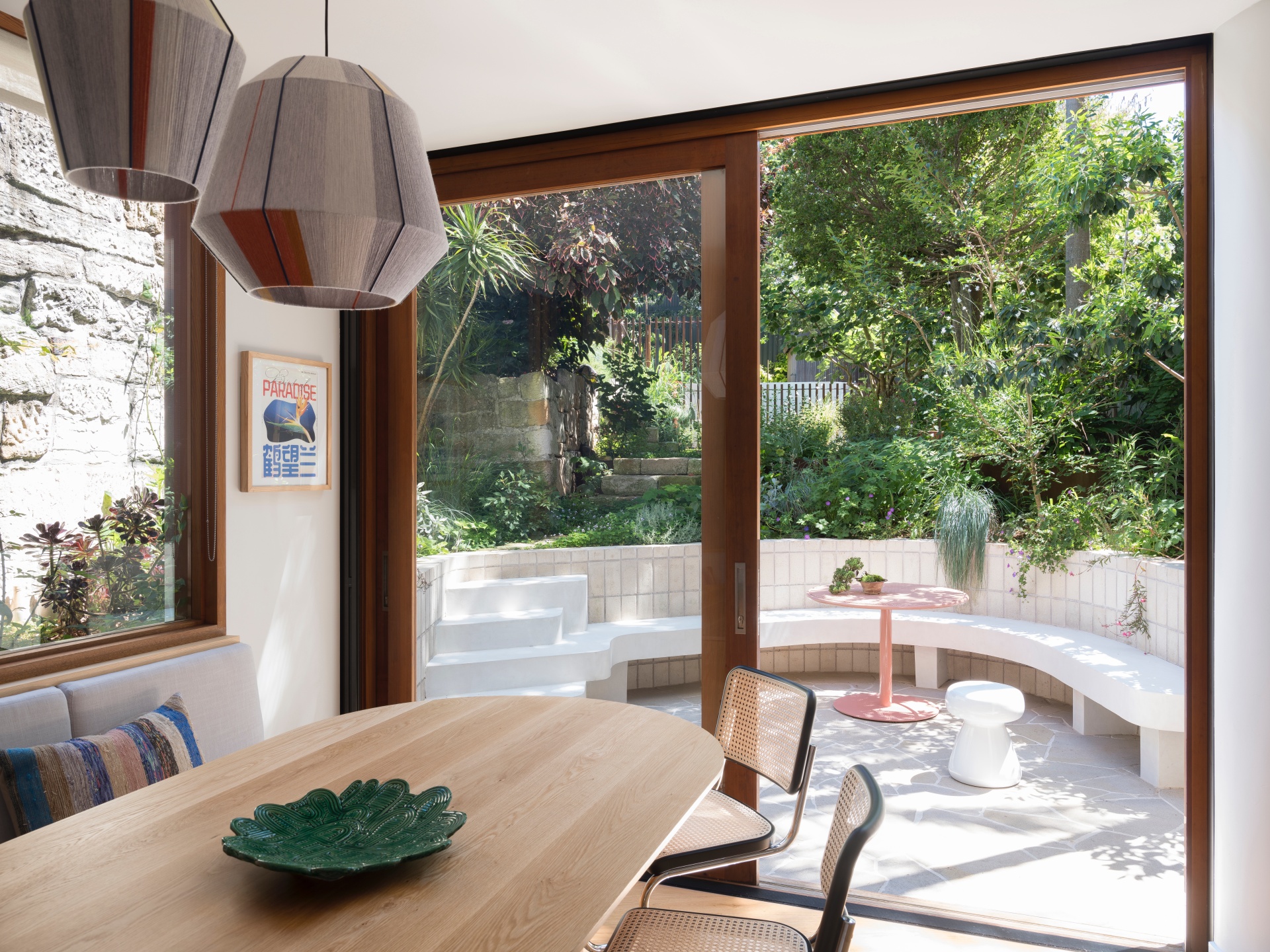
The concept of balancing the rational and poetic is central to your studio’s ethos. Could you elaborate on how this duality shapes your creative process?
Architecture has to do something beyond simply function. It responds to a brief, follows logic, needs clarity and like a tool, it needs to be purposeful and designed efficiently, but there should be beauty in the response to that purpose, so we are always in search of an Architecture that does this. Hand drawings have emotion in them, so we always begin with hand drawings - this evokes memory and feeling while responding to the logic and rational side of the mind.
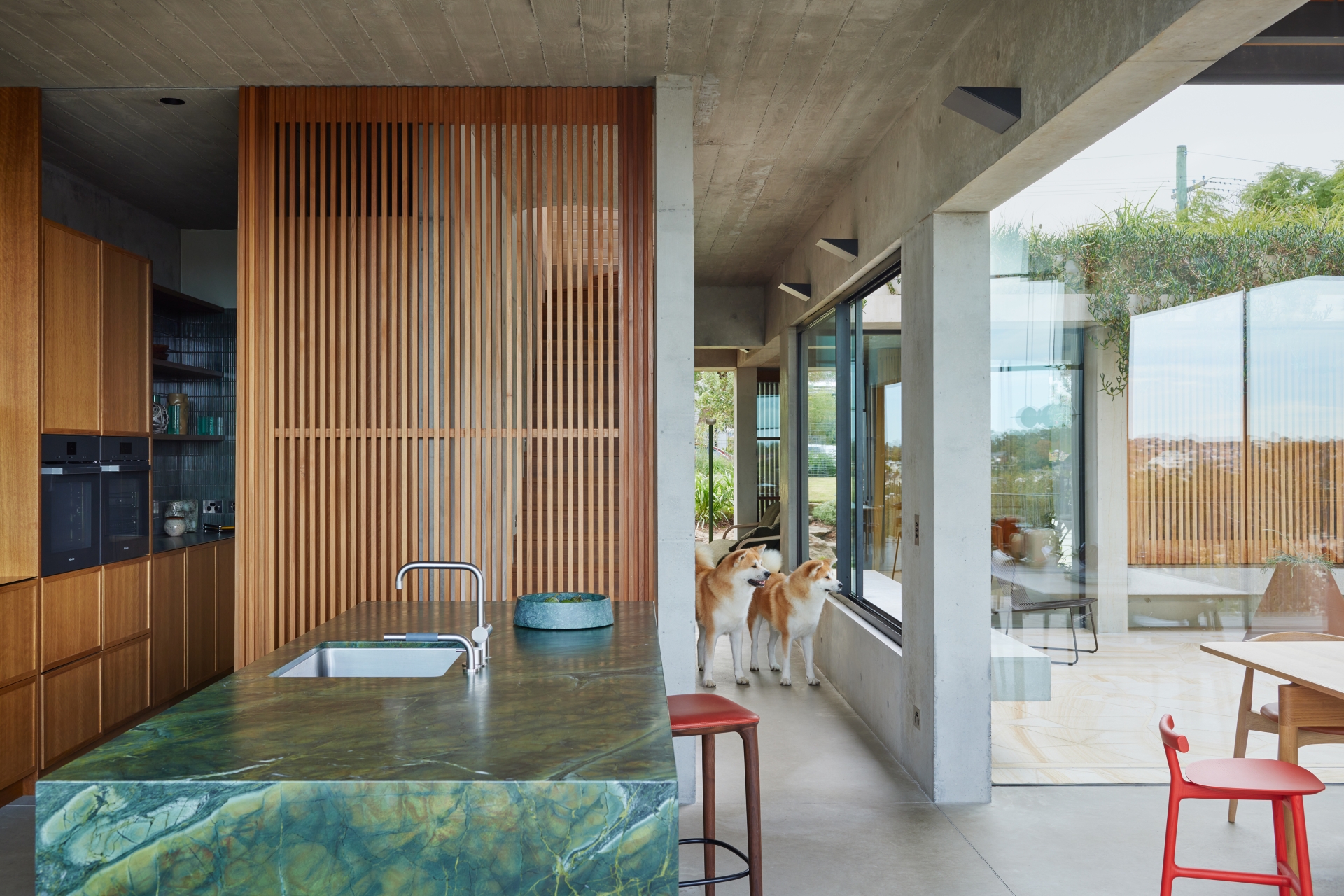
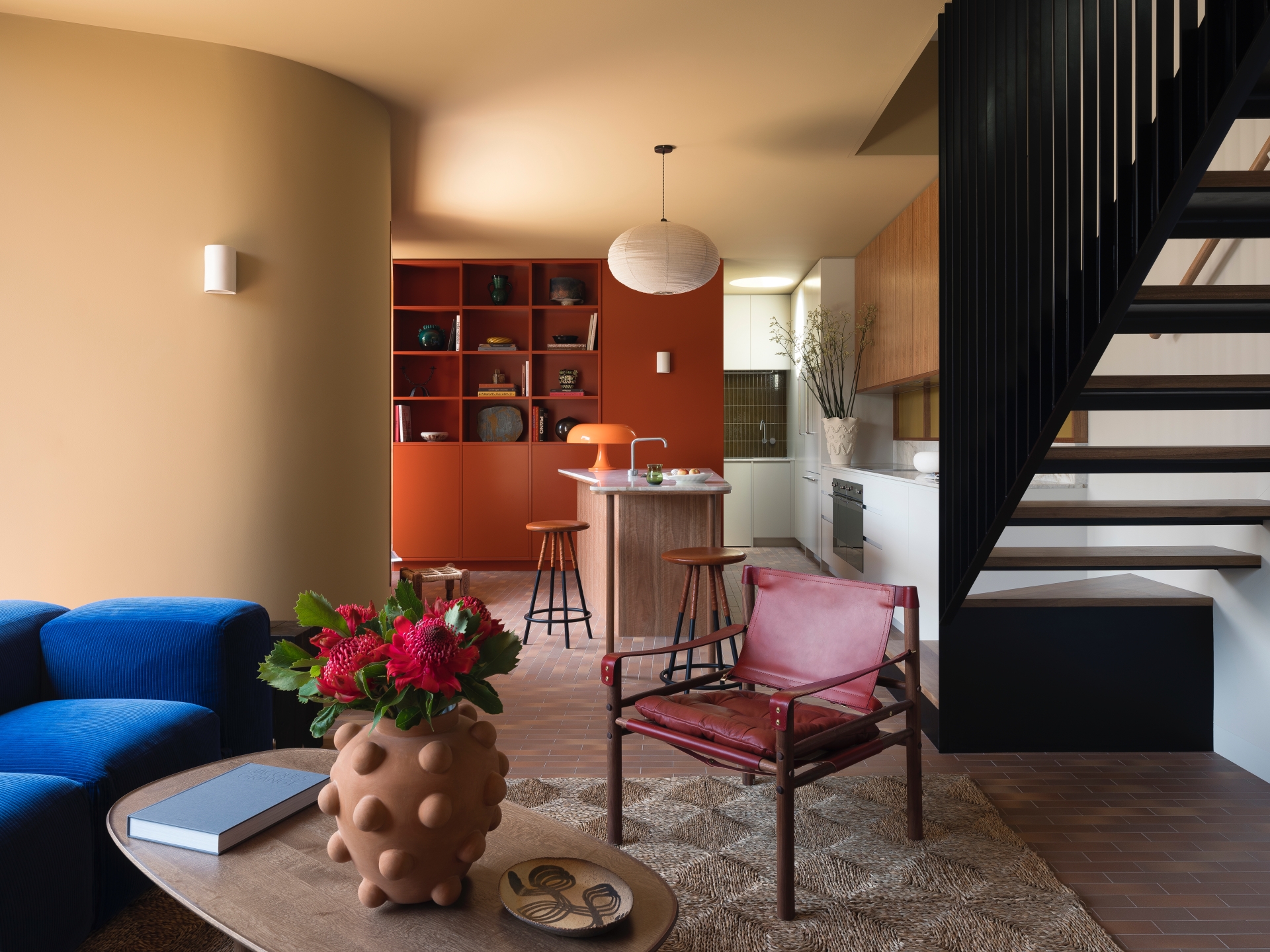
Downie North’s work often integrates natural materials and textures. How do you select materials that align with your vision while addressing sustainability?
We see people, nature and buildings as one interconnected system. Architecture isn’t separate from the natural world that it sits within. We emotionally respond to natural materials. Minimising carbon is a continual conversation in our studio, we source materials that are as local as possible and have the best sustainable credentials- but above this, one of our responses to the challenge is that good design should last. There is an environmental cost to construction - so it must be done responsibly and to endure.
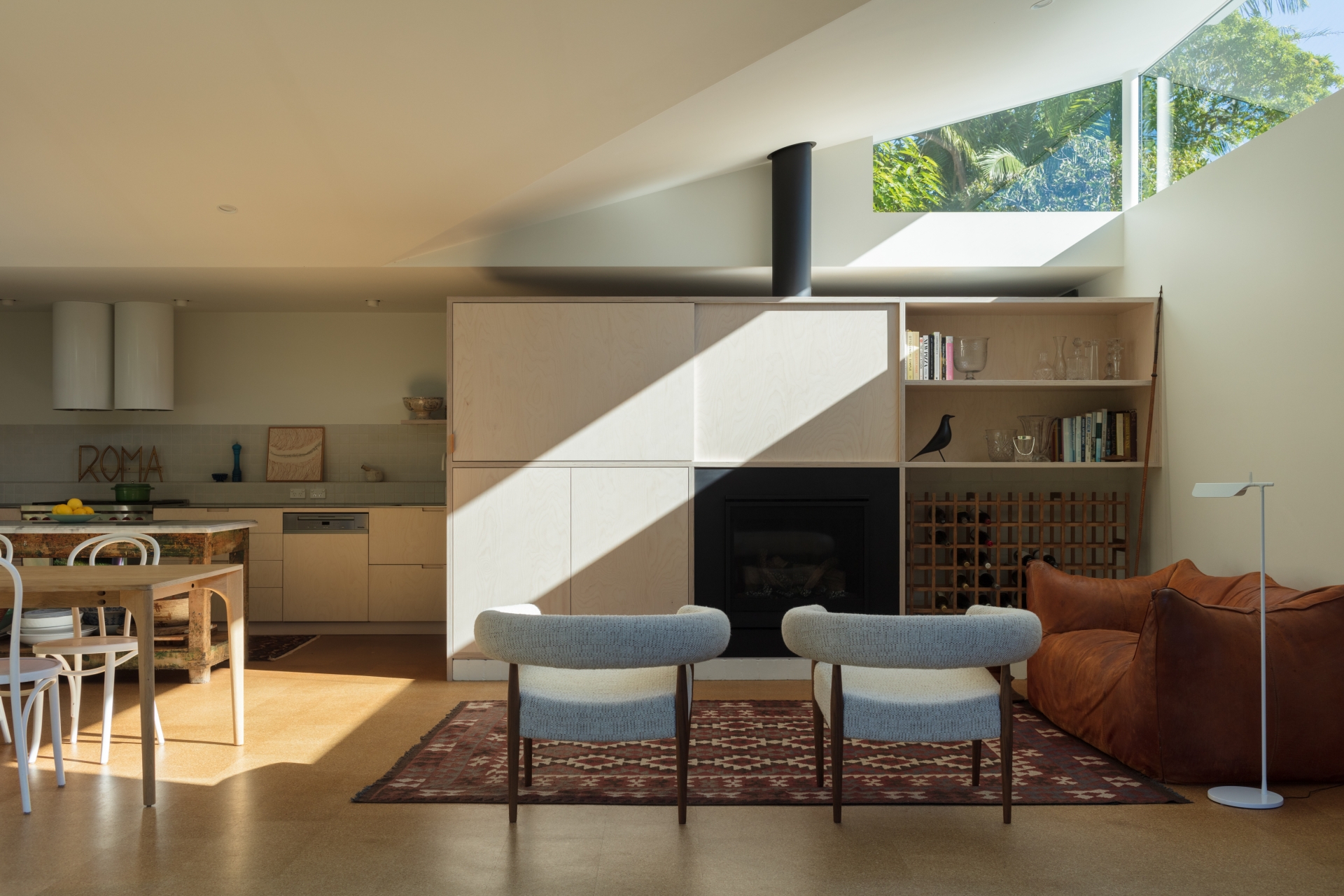
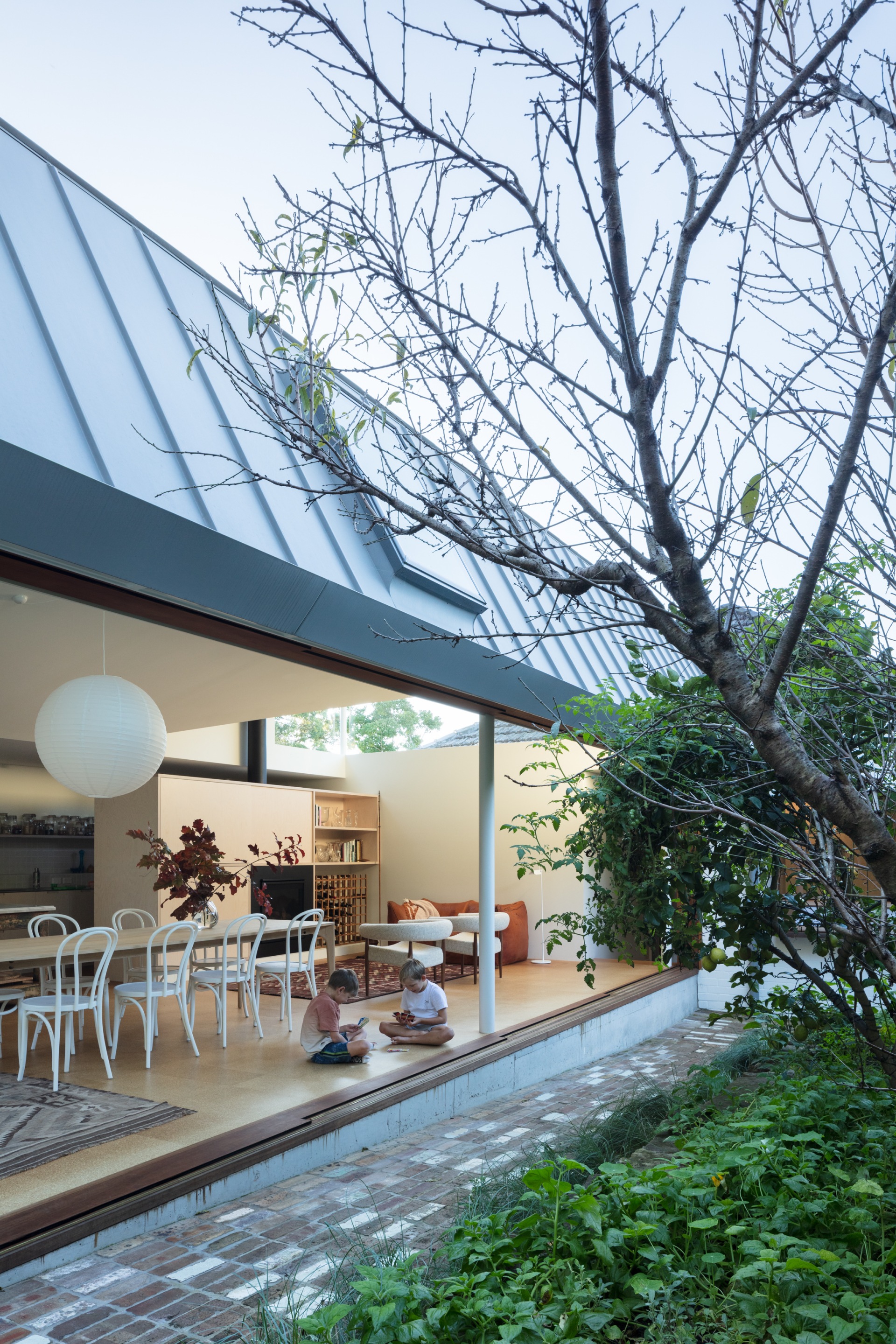
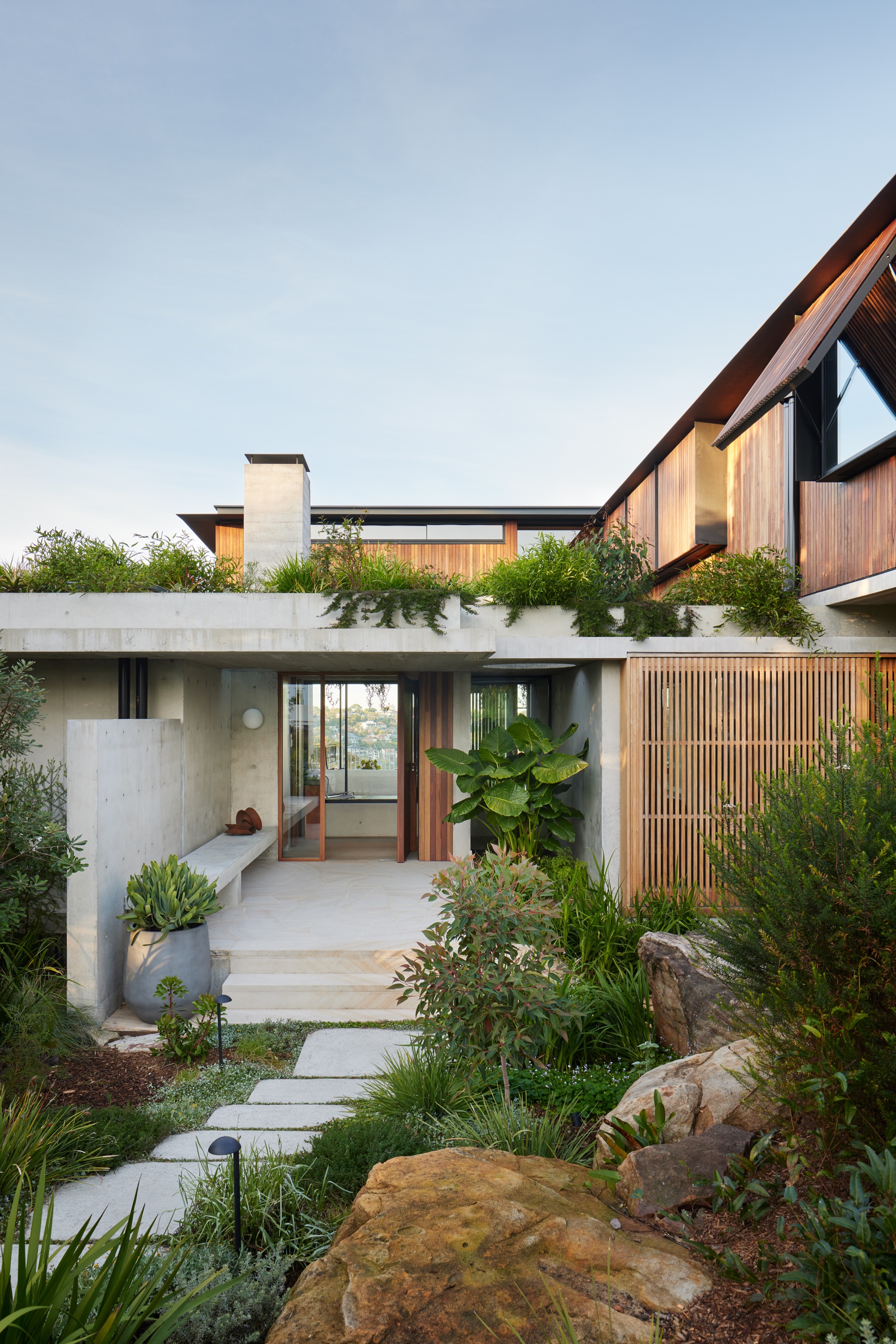
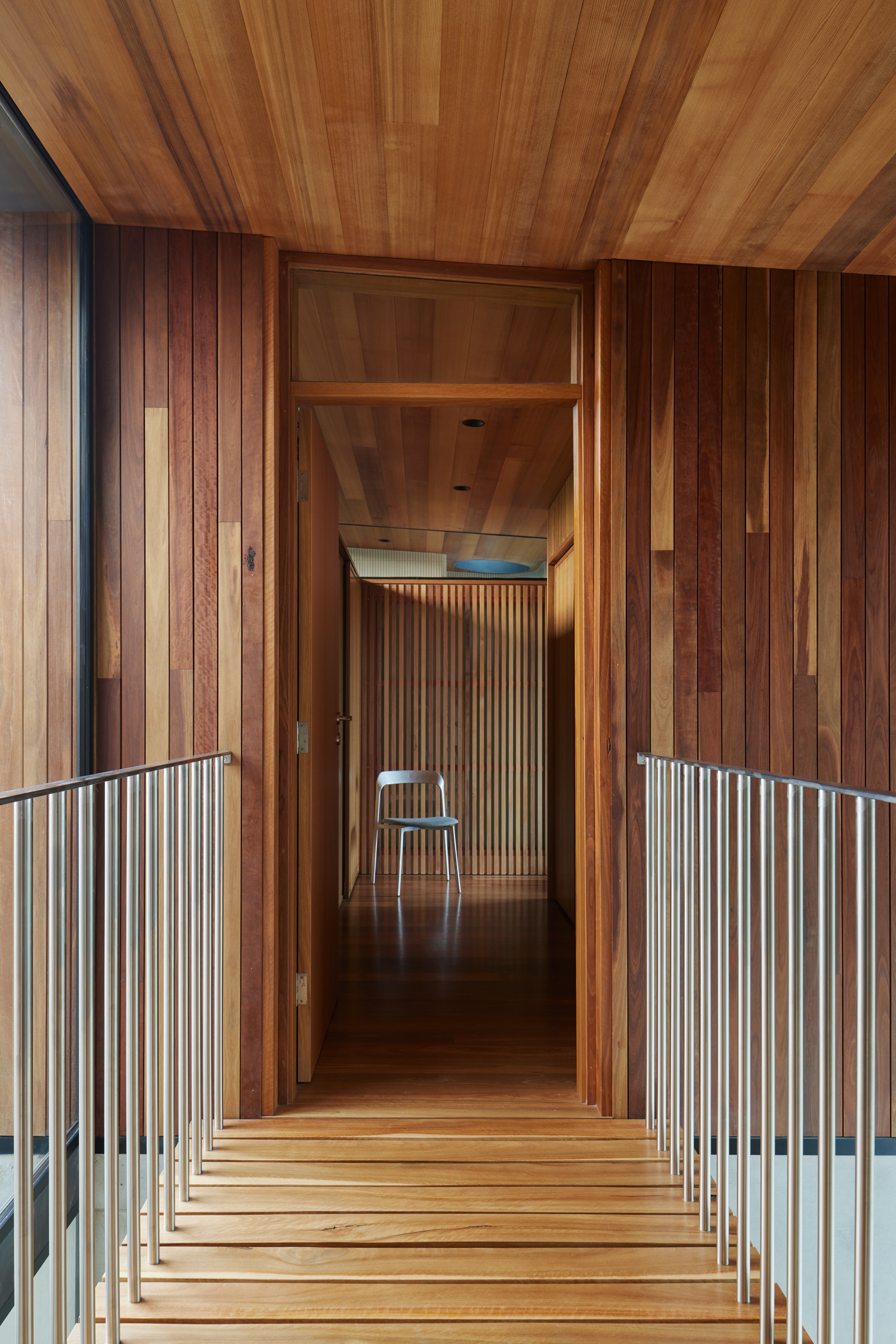
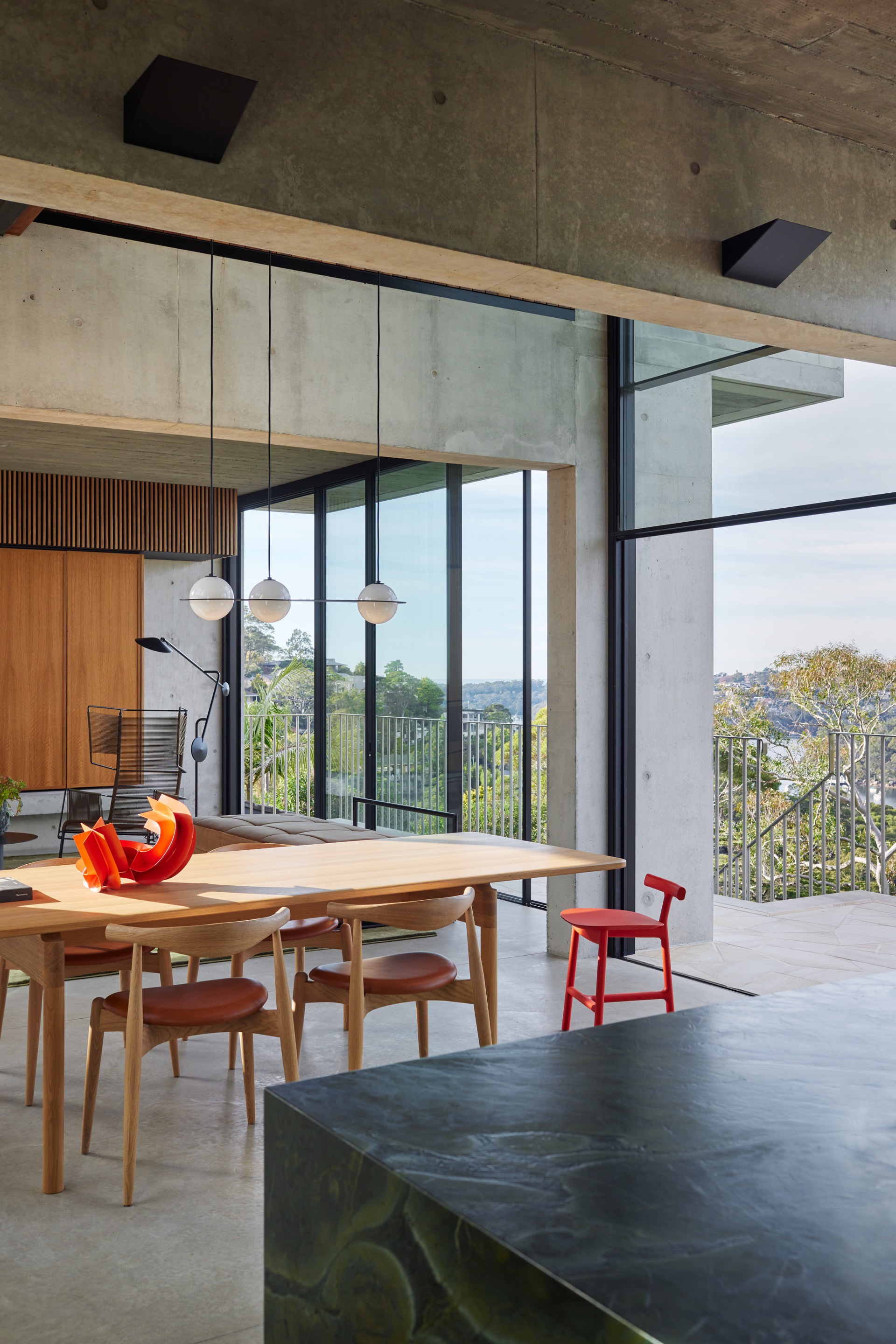

What have been some of the most significant challenges you’ve faced in your journey as architects, and how have they shaped your practice?
Being a small Sydney-based residential architecture practice which concentrates predominantly on residential projects, we do operate in our bubble to a certain extent. Whilst that comes with certain challenges, it has also afforded us the opportunity to decide our fate and remain at the cold face - the last thing we wanted to do when we started the practice was to be distanced from the very things that we enjoyed, namely designing and working directly with our clients, consultants and builders. We’ve consciously stayed small so that we can operate on our own terms, be selective about the projects we take on and the people we work with. This scale of practice offers clarity and agility which gives great peace of mind, and for that we are very grateful.
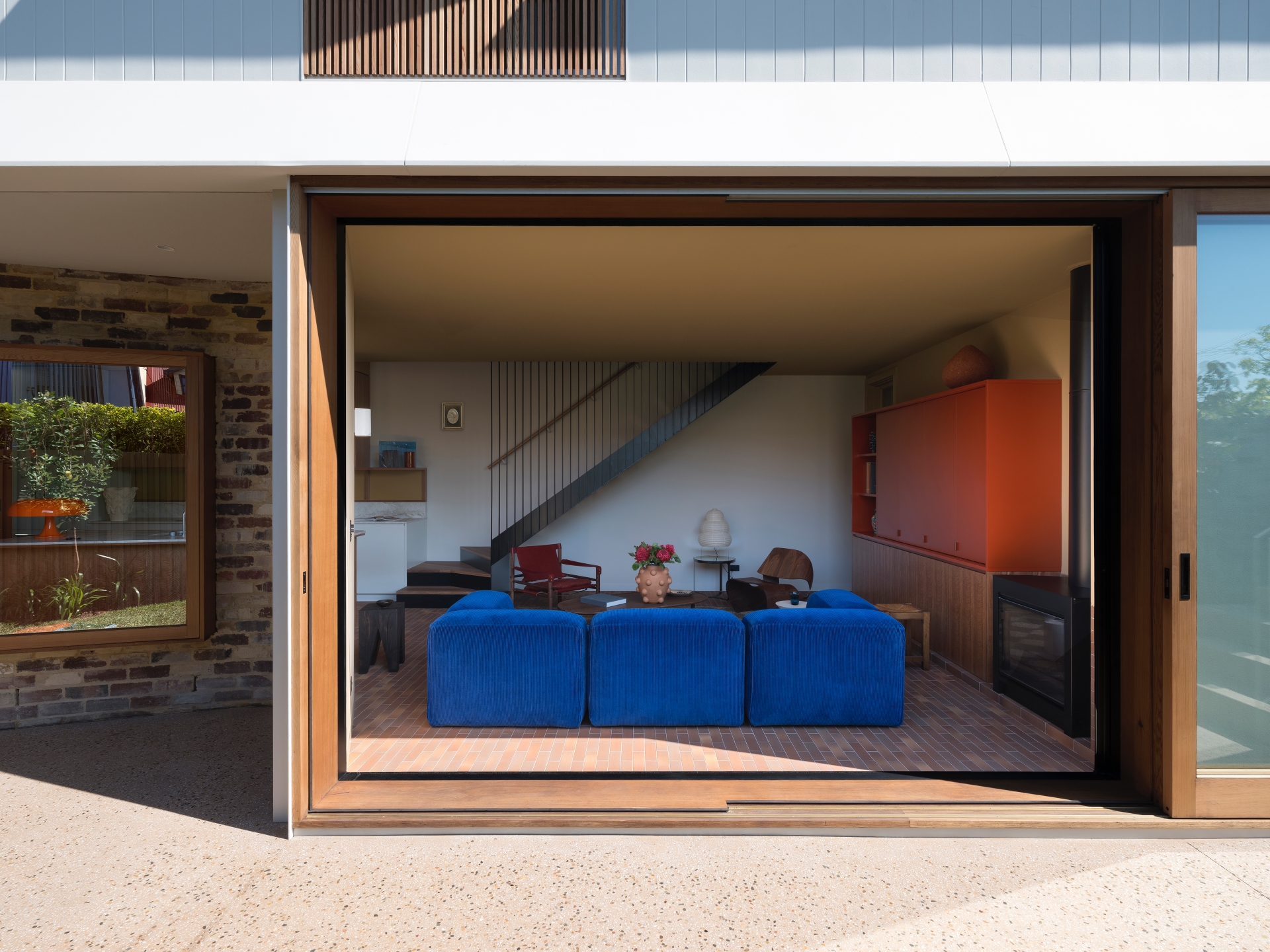
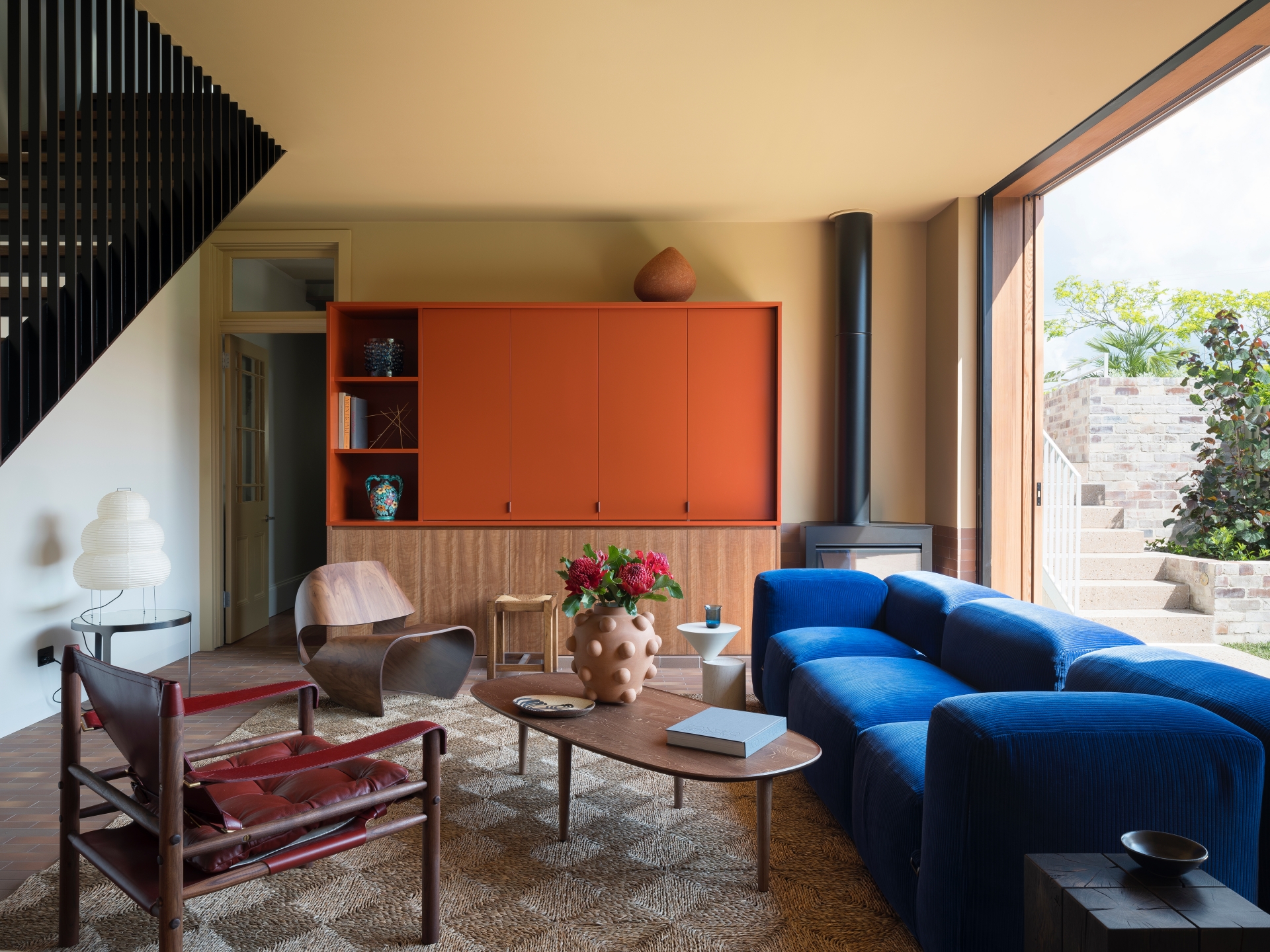
As co-founders, how do you collaborate creatively? Are there specific roles you each take on, and how do you navigate differing perspectives or ideas in the design process?
We are partners in life as well as practice, so we have a short hand and common point of view that has developed from over twenty years of being together. That being said, no project is the same and we do respond to each project differently - which is the beginning of our discussion. We draw on butter paper together and find the balance between our responses. We reason things out until what we consider the best parts remain. Sometimes one of us will feel very strongly about the direction a design should go and the other will support or interrogate that. It’s a process you learn at university. We can be quite tough on ourselves- but being rigorous makes the work better.

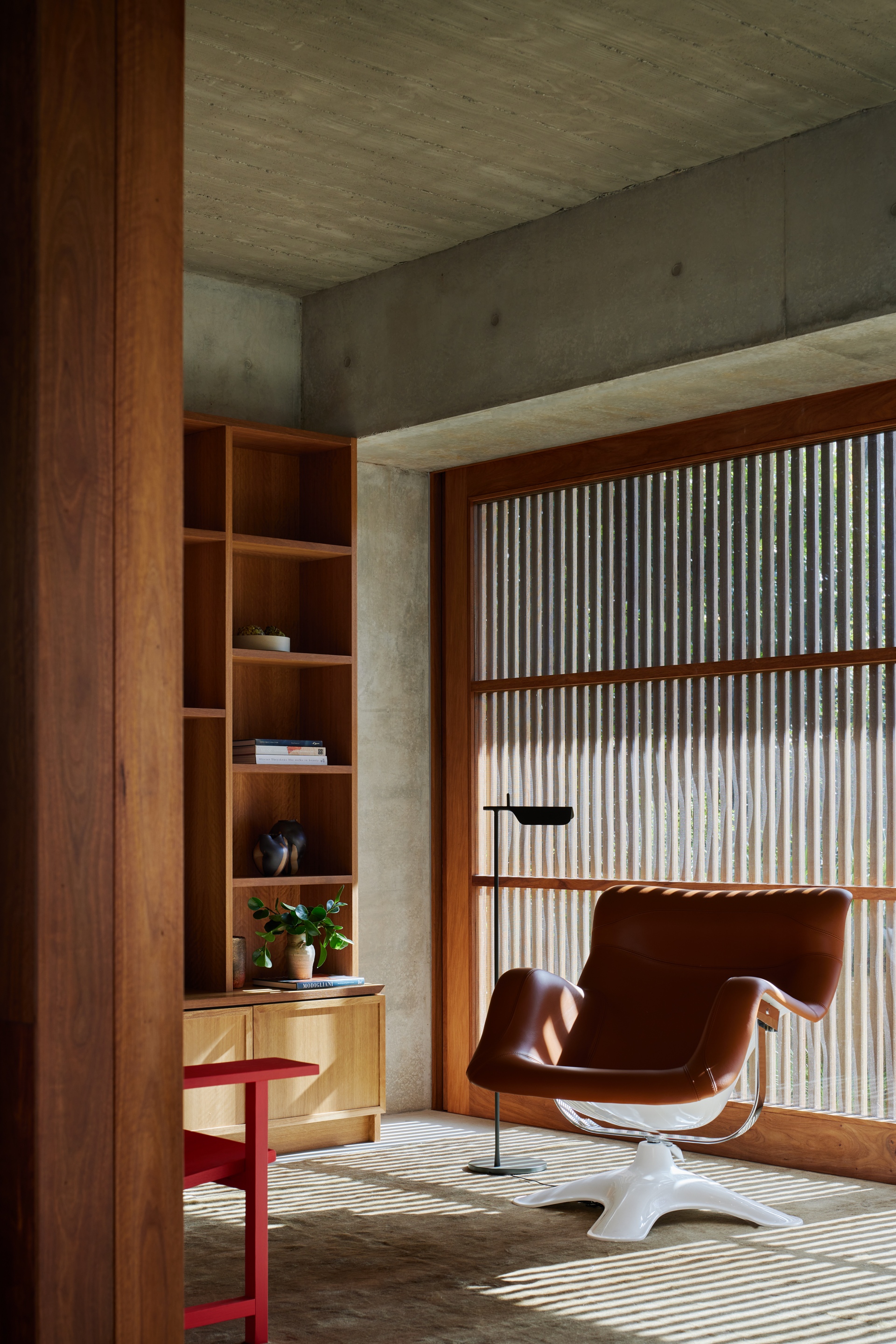
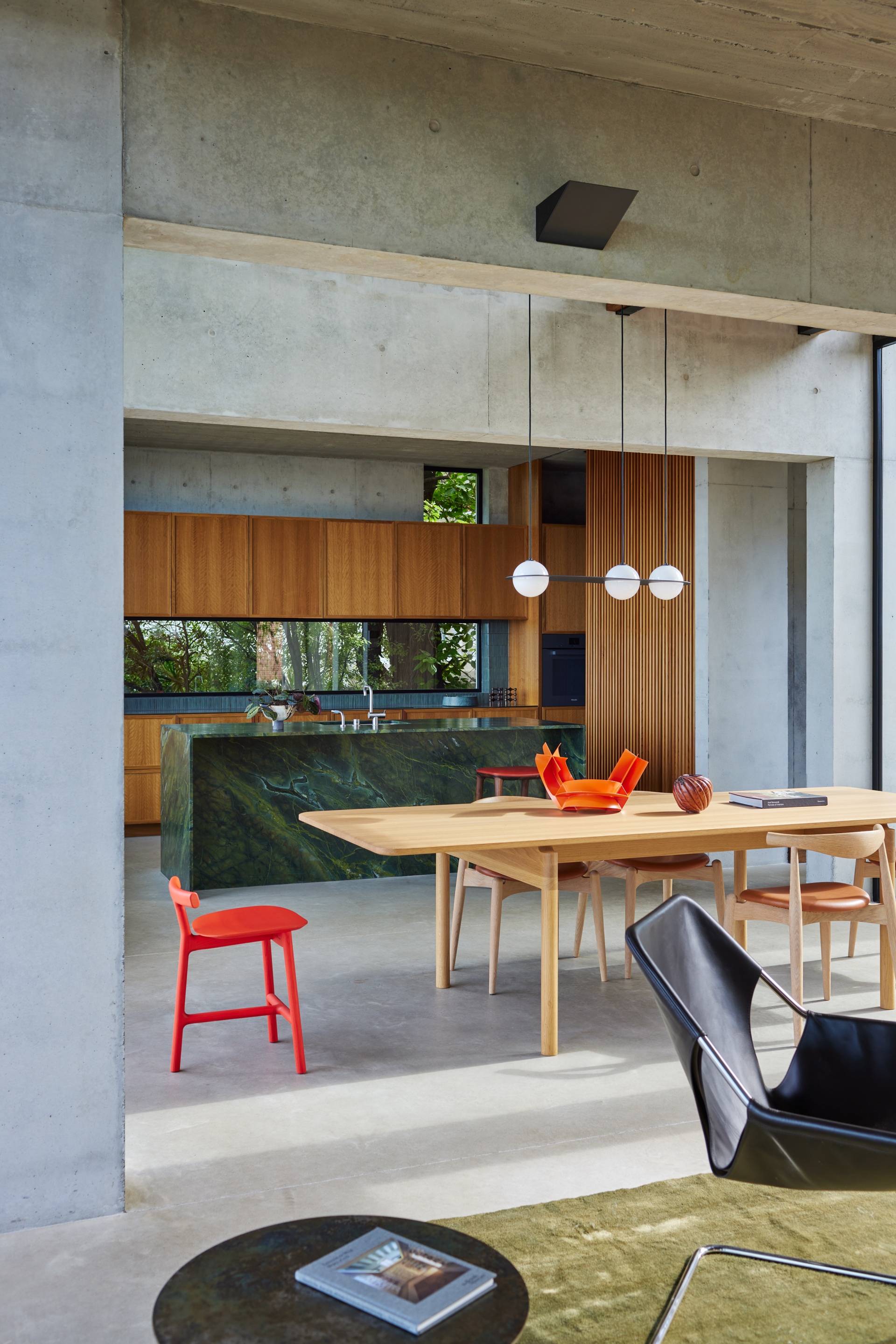
As architects, how do you unwind and recharge your creative energy outside of work? Are there particular activities or environments that inspire you?
As parents of school aged children, our time outside of work is not often our own, but living so close to the harbour and bushland we are often down by the beach or out on a bush-walk which is incredibly restorative. Catherine is a keen gardener and running enthusiast and she’s running about 20km per week. Being out in the natural world offers her the reset and a natural high. Daniel enjoys playing and listening to music as well as drawing and making- using your hands to create something is particularly rewarding and enjoyable. Everyone should try to make something every day. Whenever we can we will try to travel - Japan and Italy are our favoured destinations.

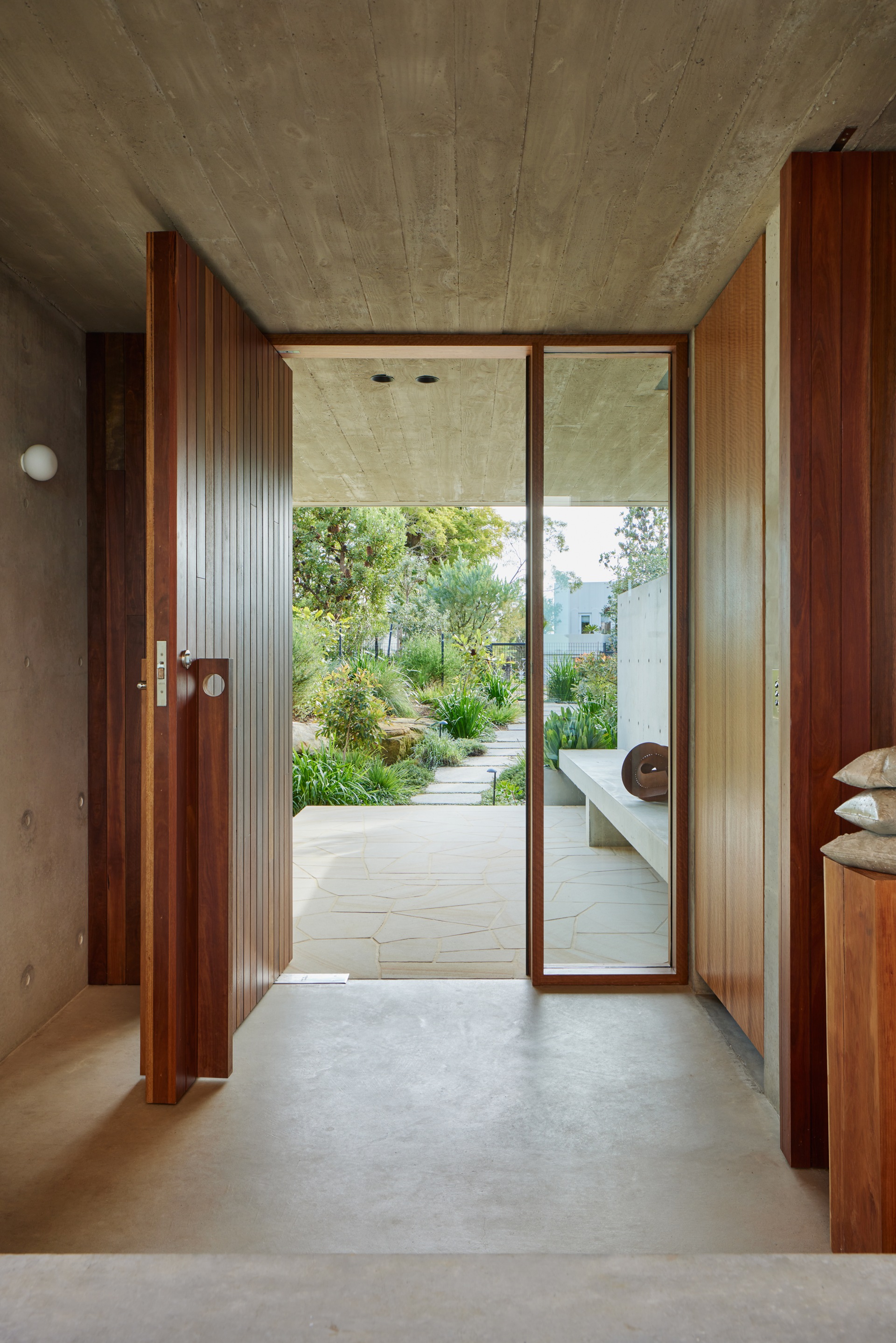
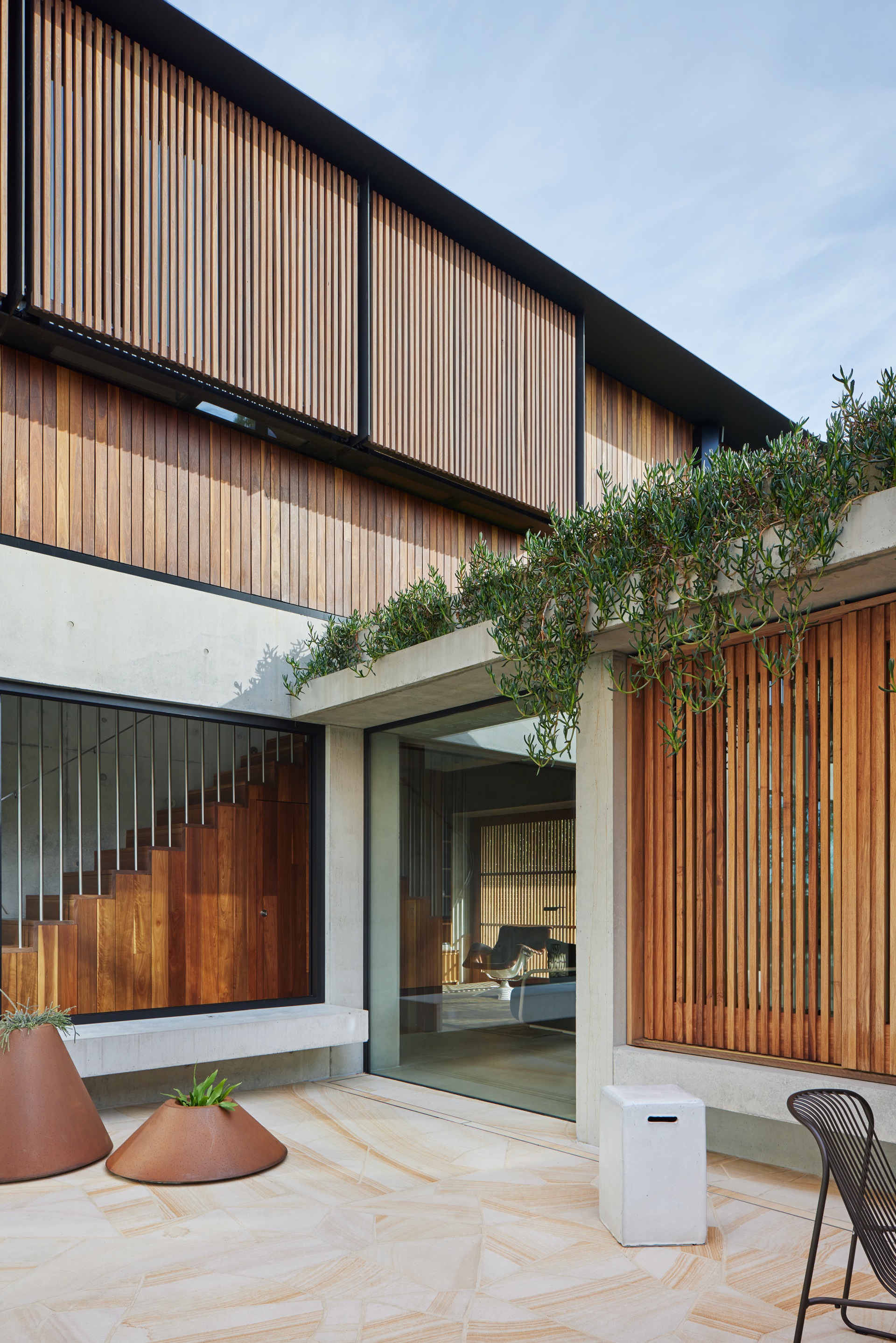
What exhibitions or cultural events have you attended that left a lasting impression and influenced your perspective on design?
We recently visited the Art Gallery of New South Wales to see the Archibald, Sulman and Wynne Prize competitions. The portrait and landscape paintings of the Archibald and Wynne Prize in particular resonate for us. There are endless ways of how to interpret identity, character and the landscape. It’s fascinating what happens when you put a frame around something and how you see it differently. It’s quite architectural in that way.
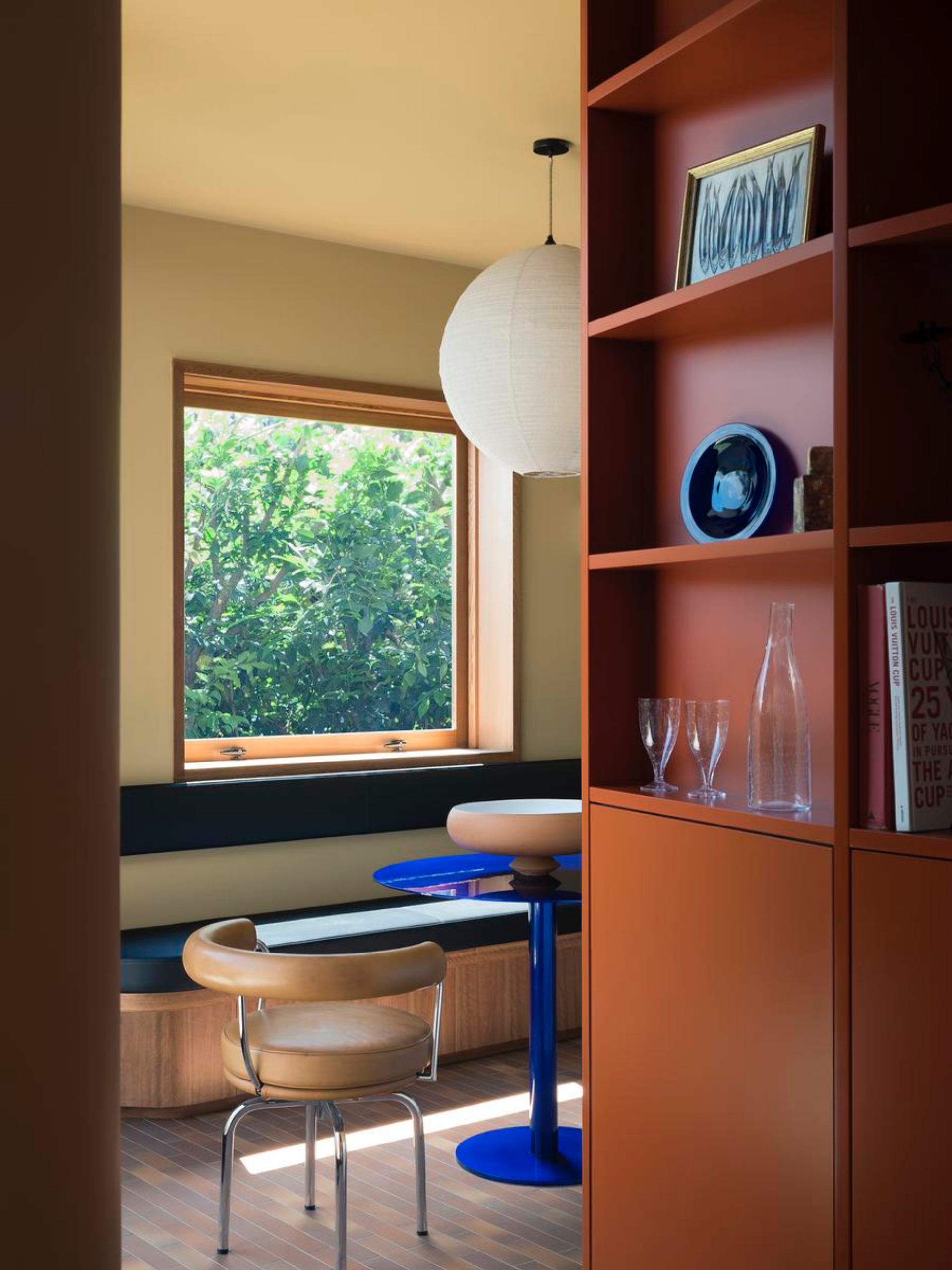
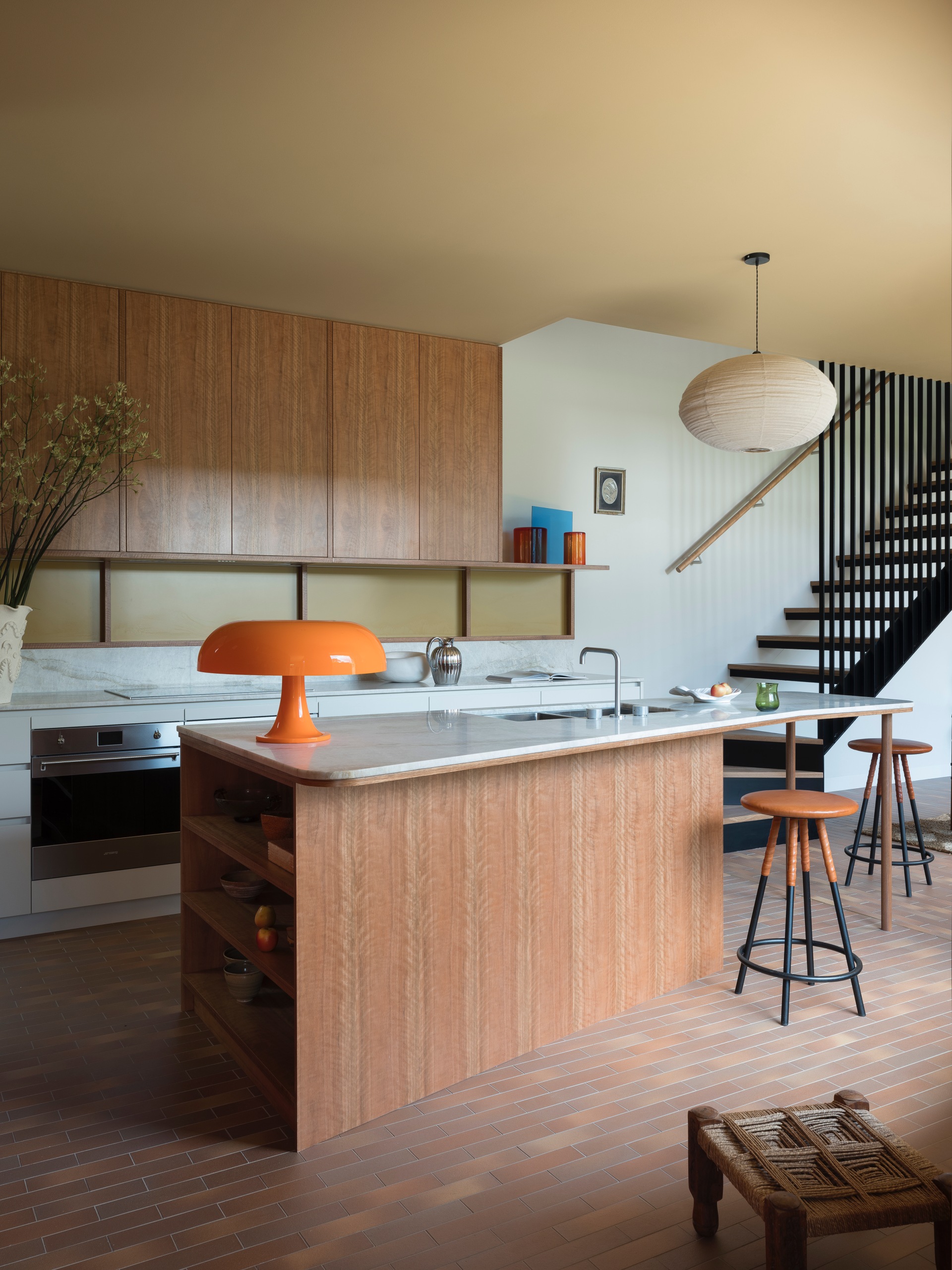

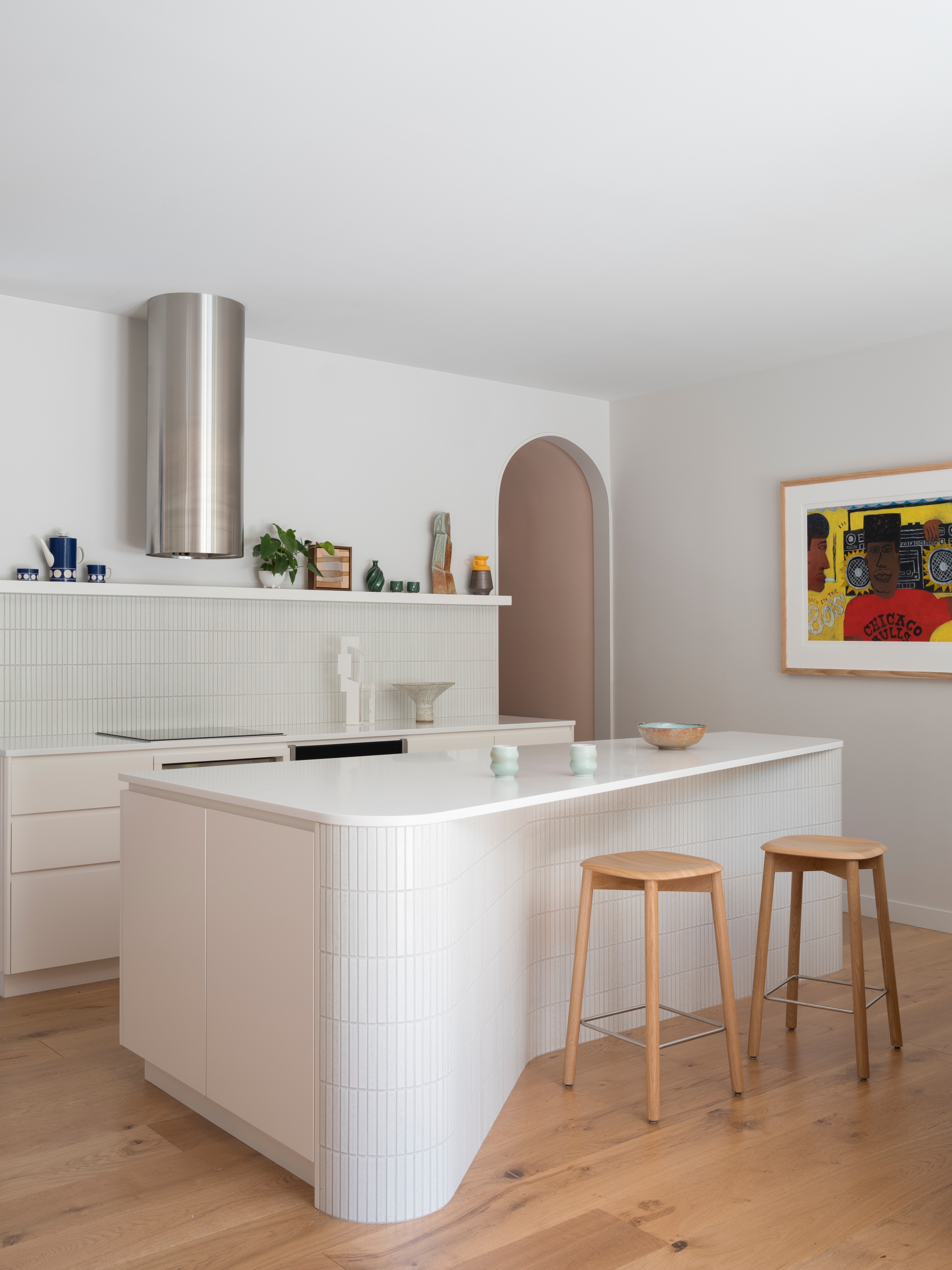
Are there any books, music, or other creative works that have inspired your approach to architecture and design?
It’s an amazing time to be a designer and there’s a rich culture of making that we see architecture as part of. It permeates everything from art, engineering and science. It’s so easy to access great work not just in Australia but all over the world. Daniel is interested in art, design history and design in film. The optimism and spirit of Modernism is so full of energy to draw from. We have a good collection of books on Californian Modernism. Likewise, in film design, the Star Wars series is particularly inspiring for the sense of fun and enthusiasm that the designers bring to everything seen on screen whether it be costumes, vehicles or buildings.
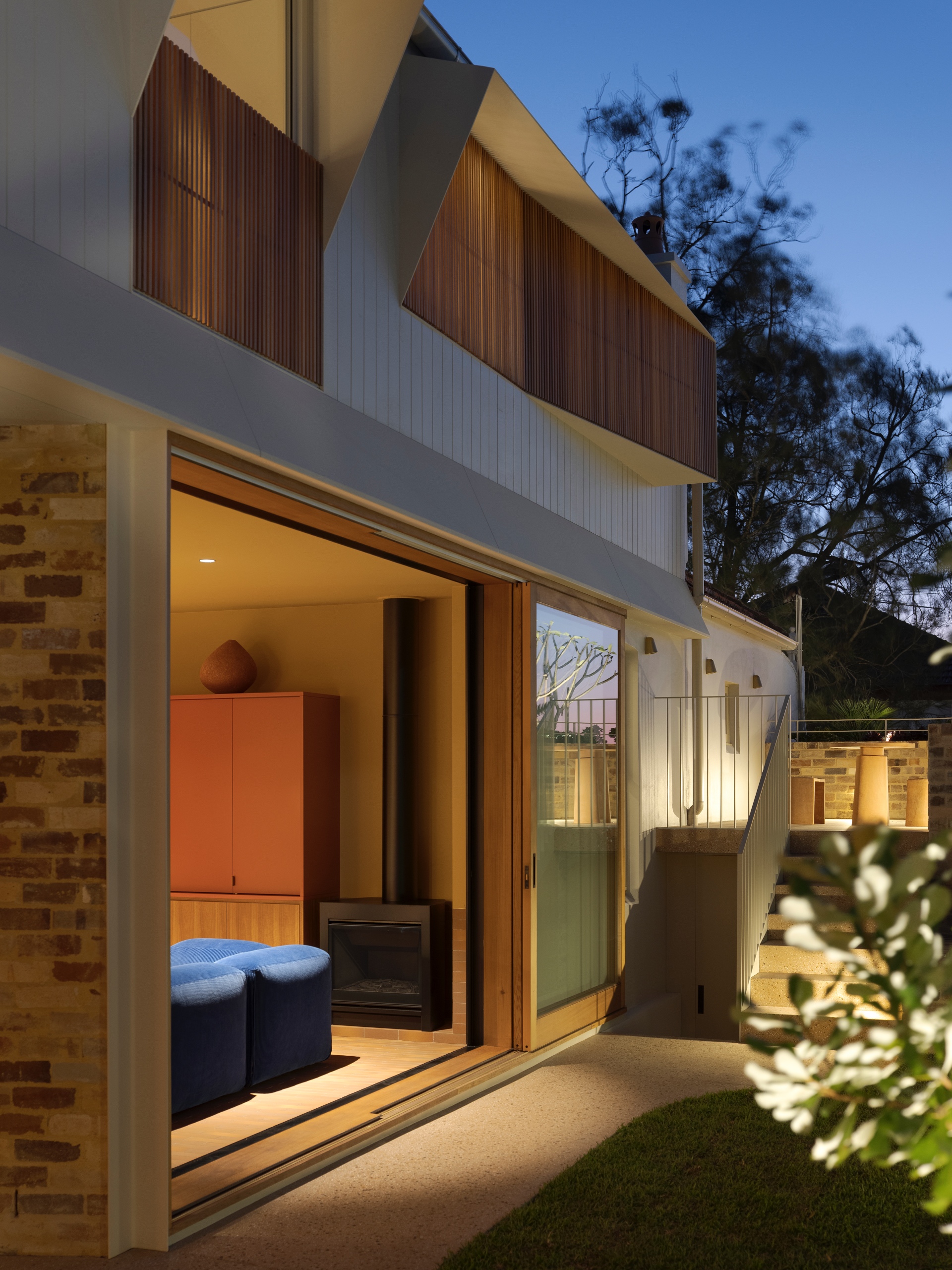
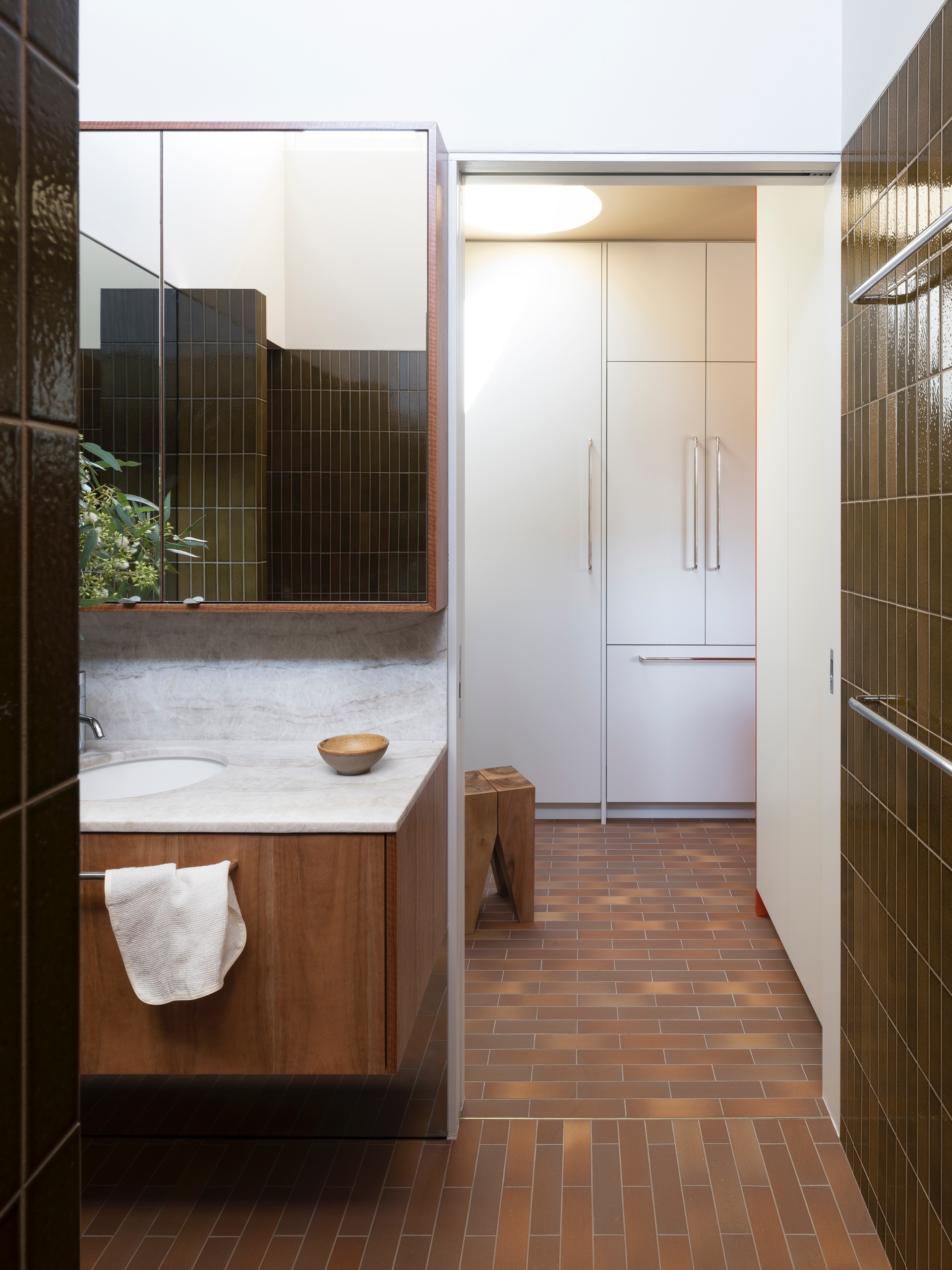
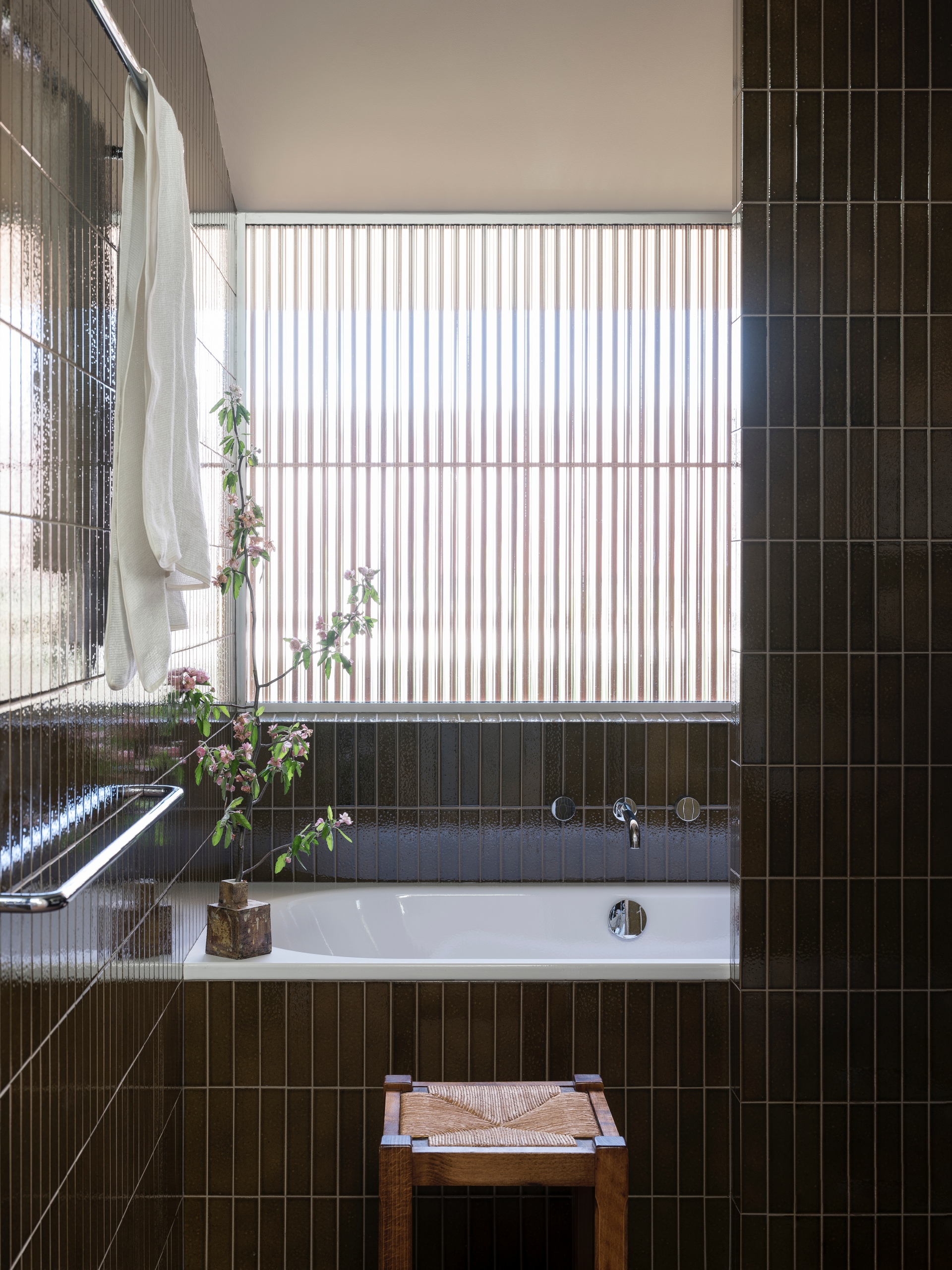
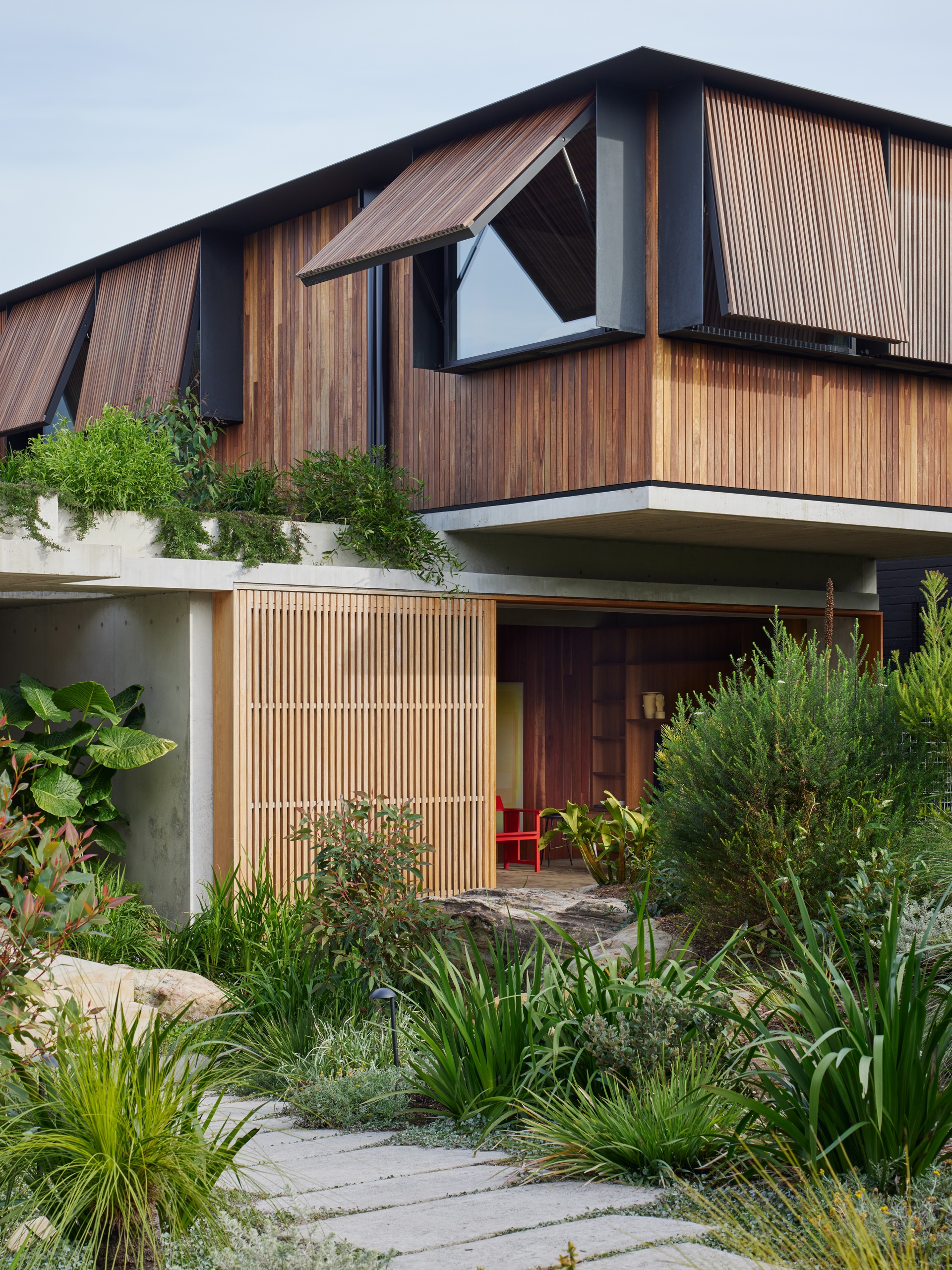
Catherine has a keen interest in film and fashion and Juhani Pallasmaa’s writings, in particular The Eyes of the Skin and The Thinking Hand were incredibly influential on her as a young architect and continues to be so. Importantly, the philosophy and methodology of Glenn Murcutt has guided a lot of our approach to practice as well as to our Architecture. He has been a wonderful mentor and guide.





